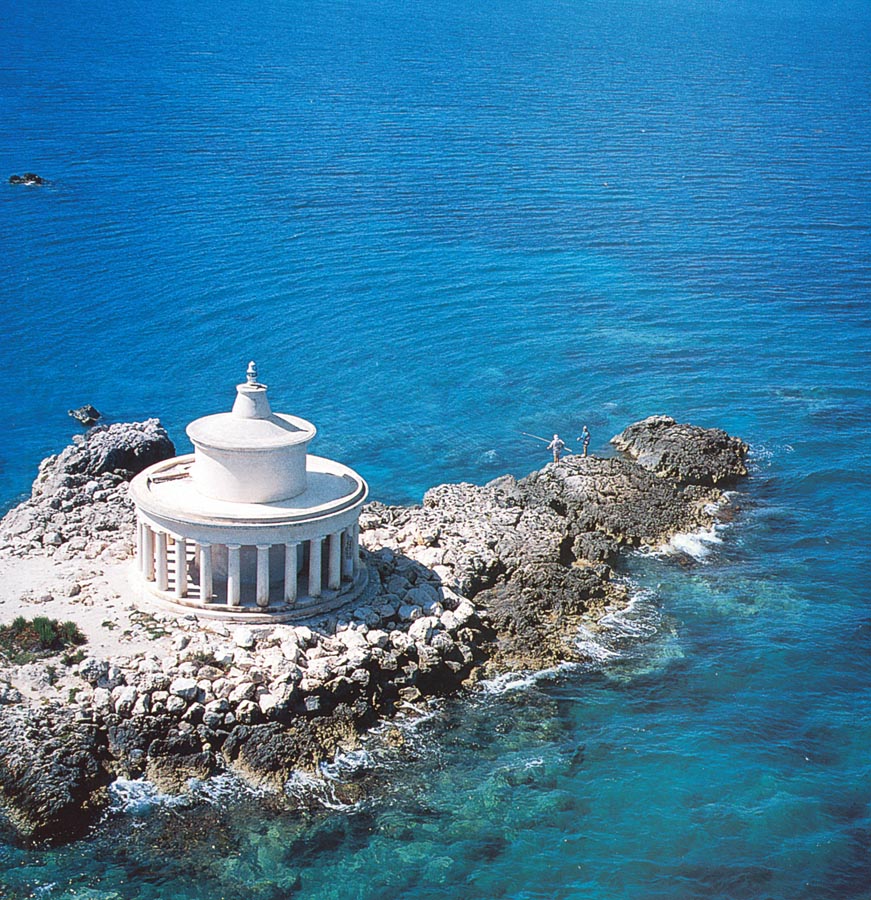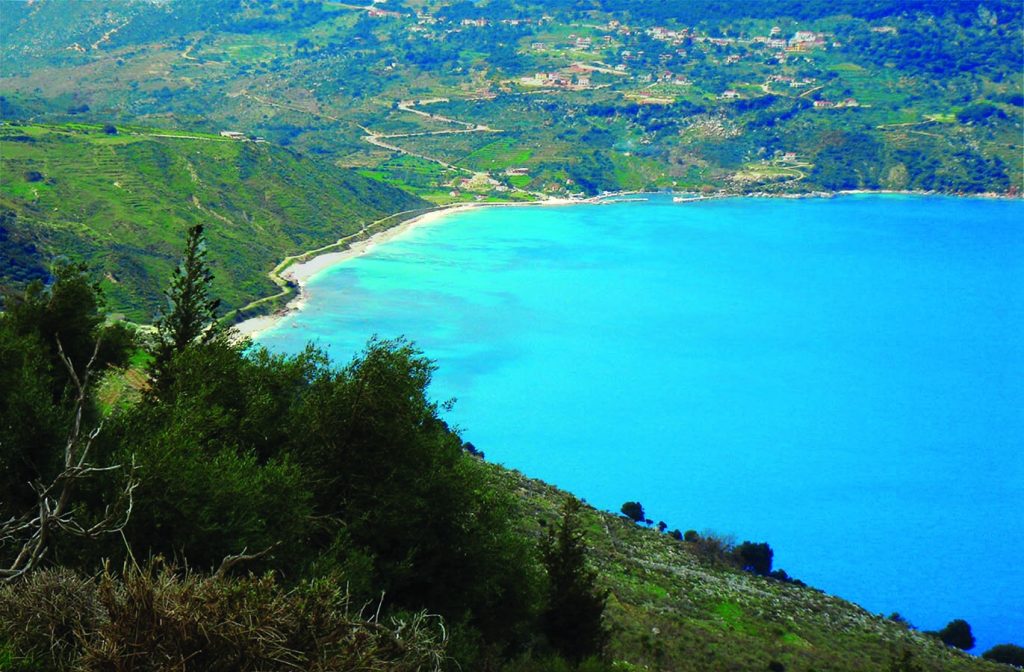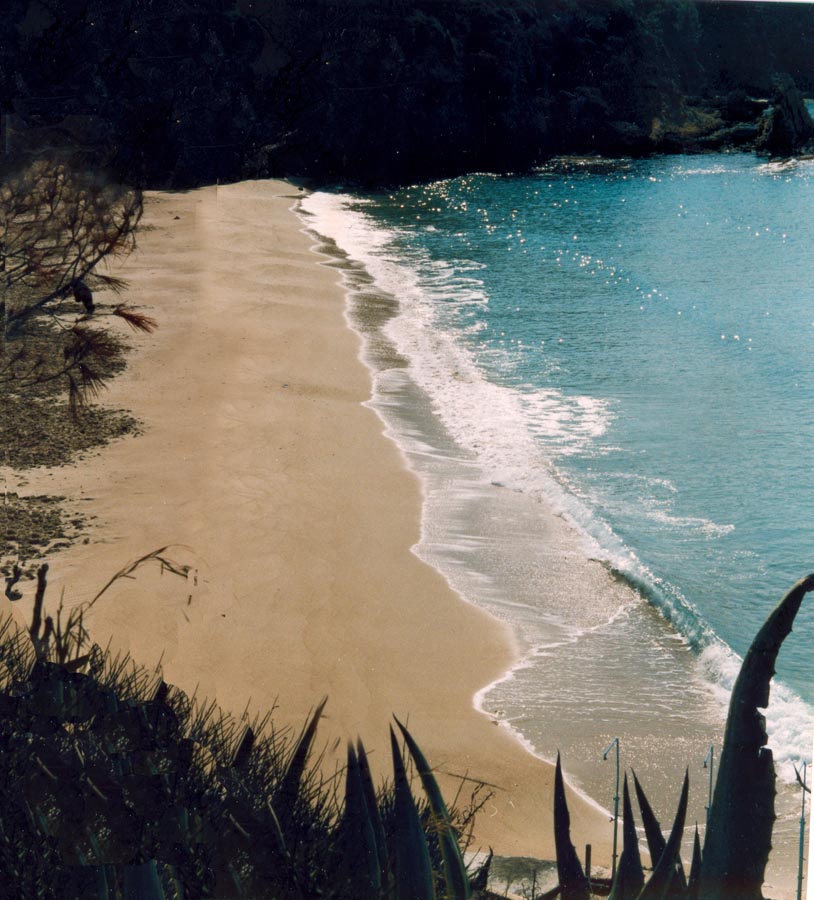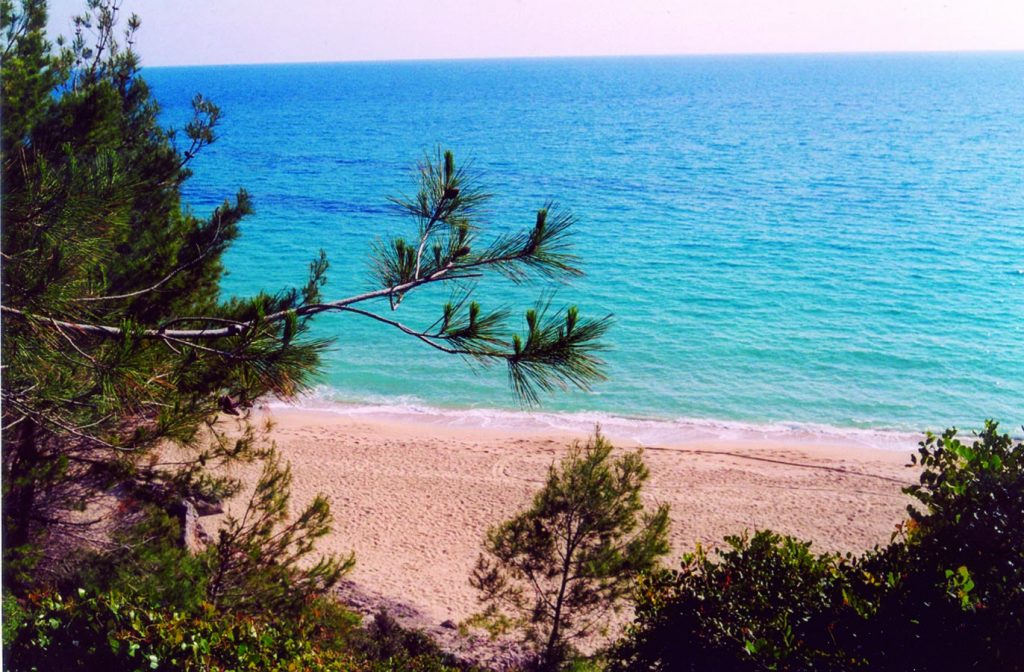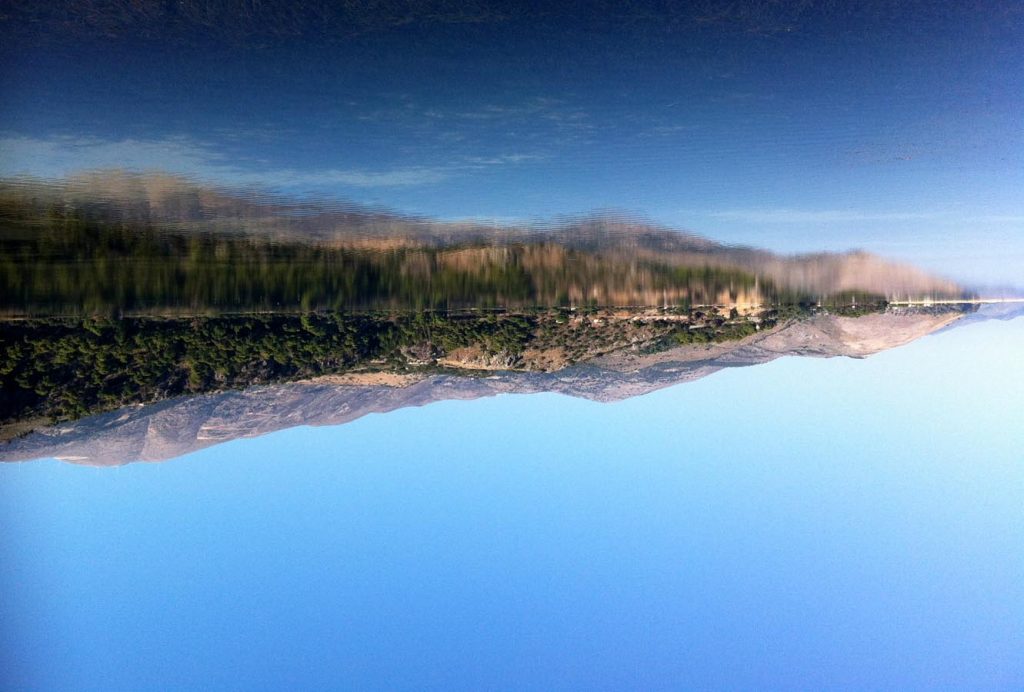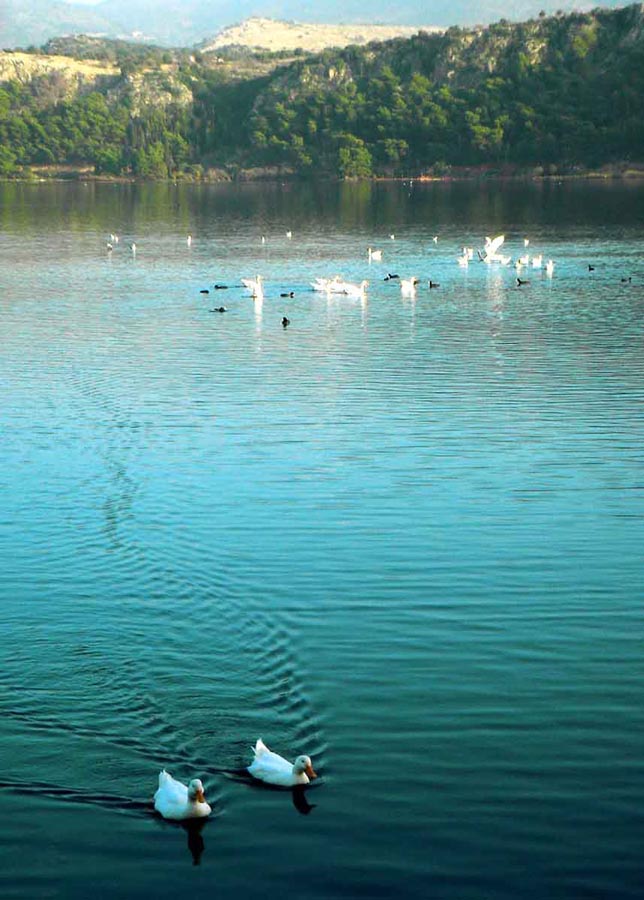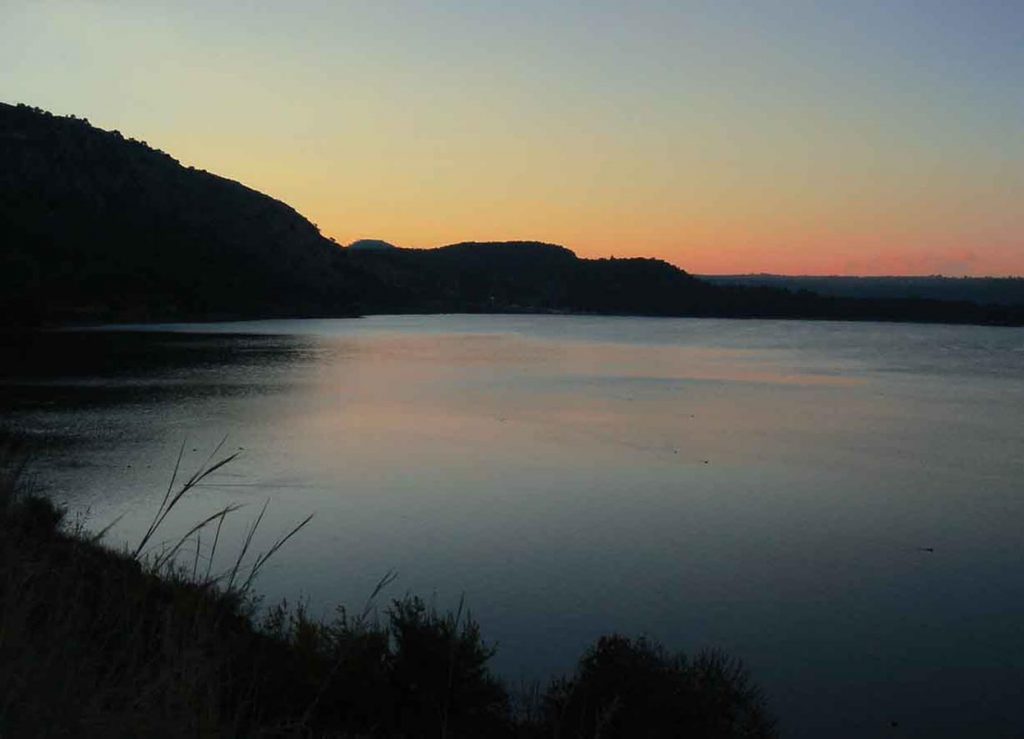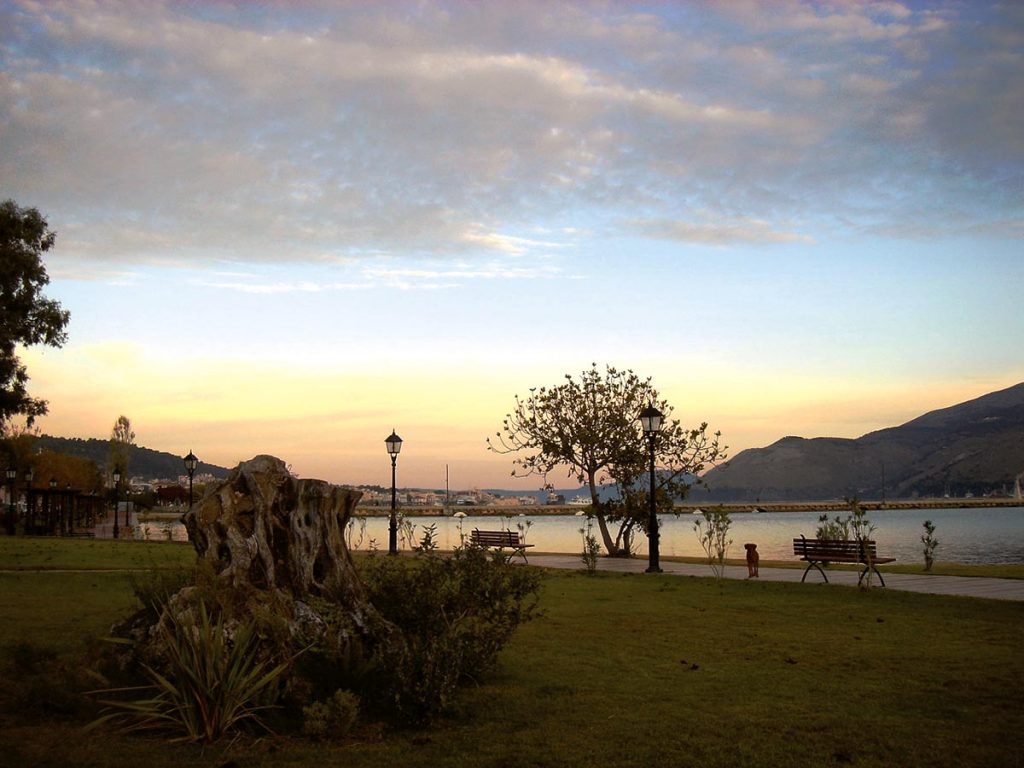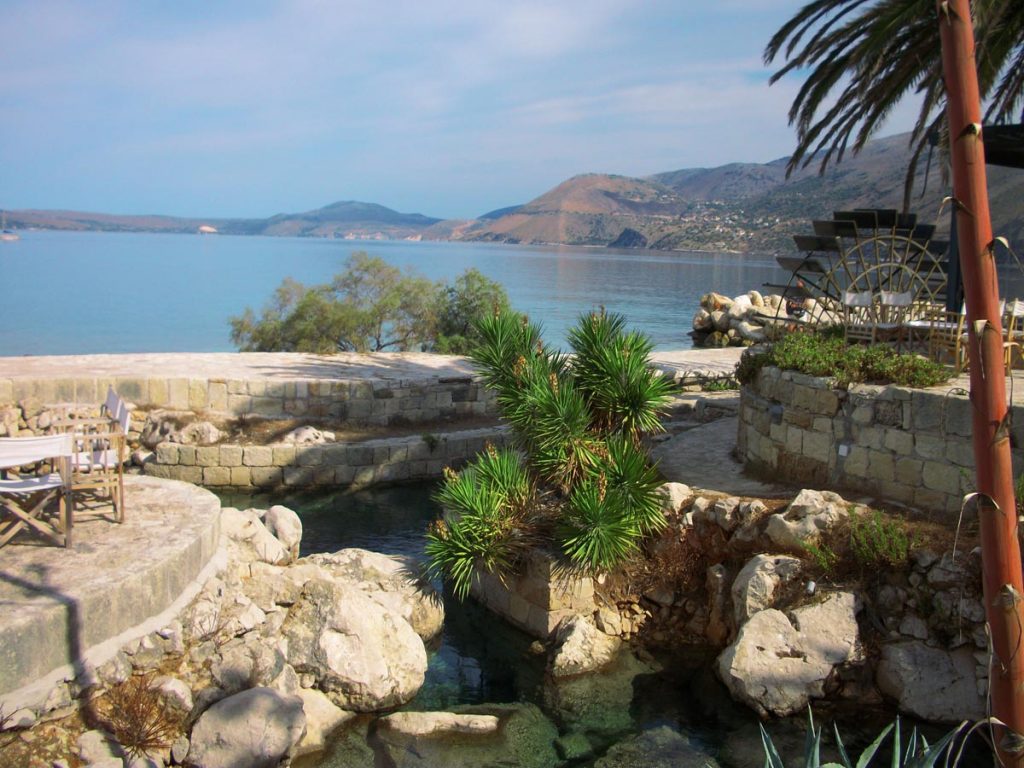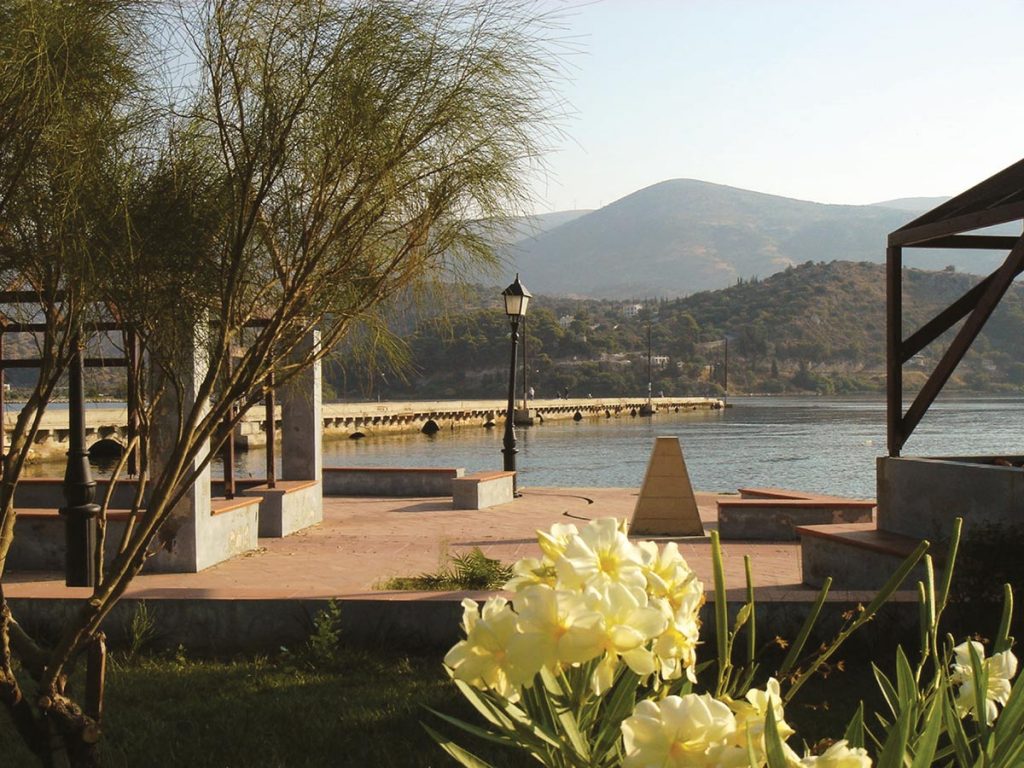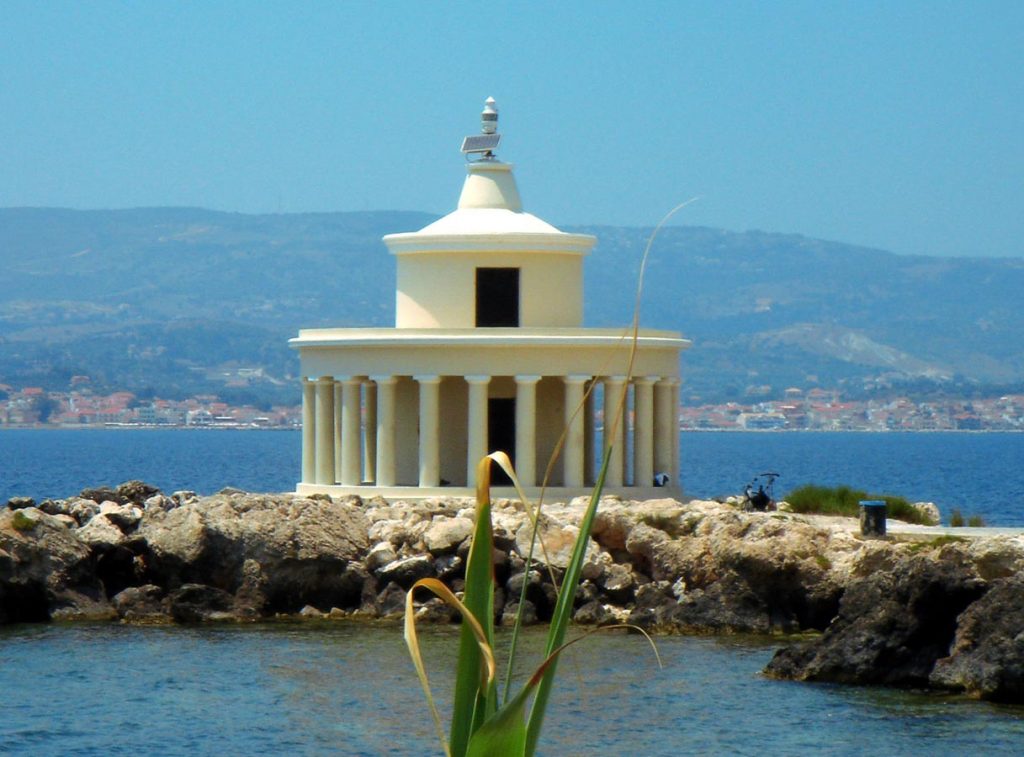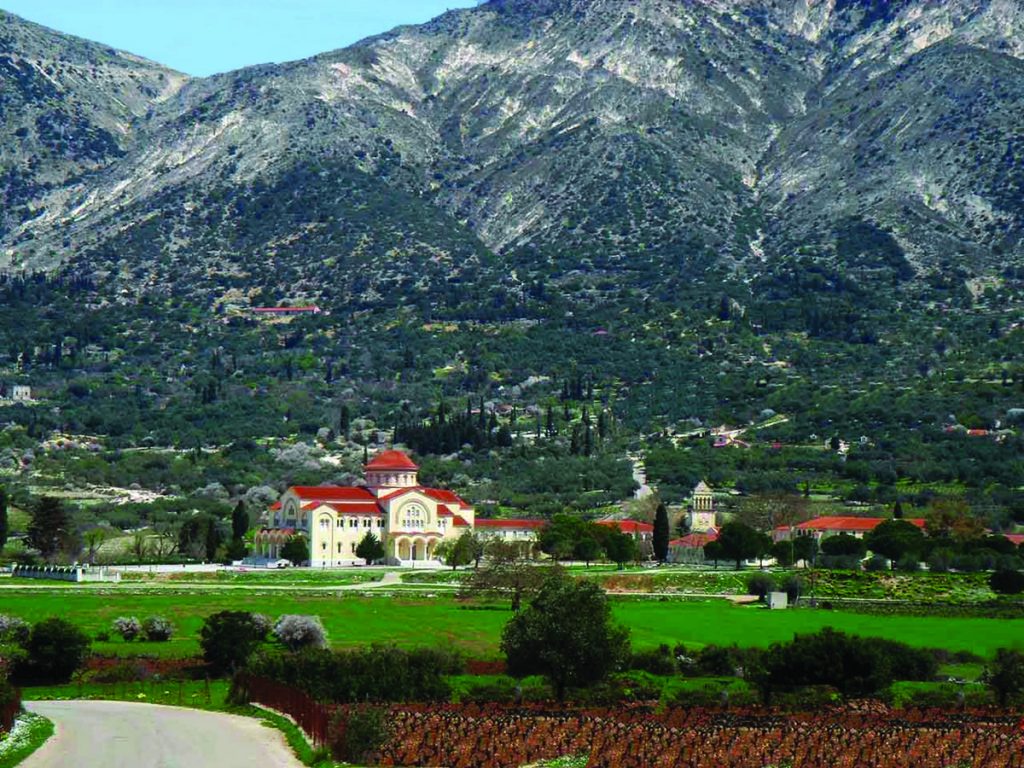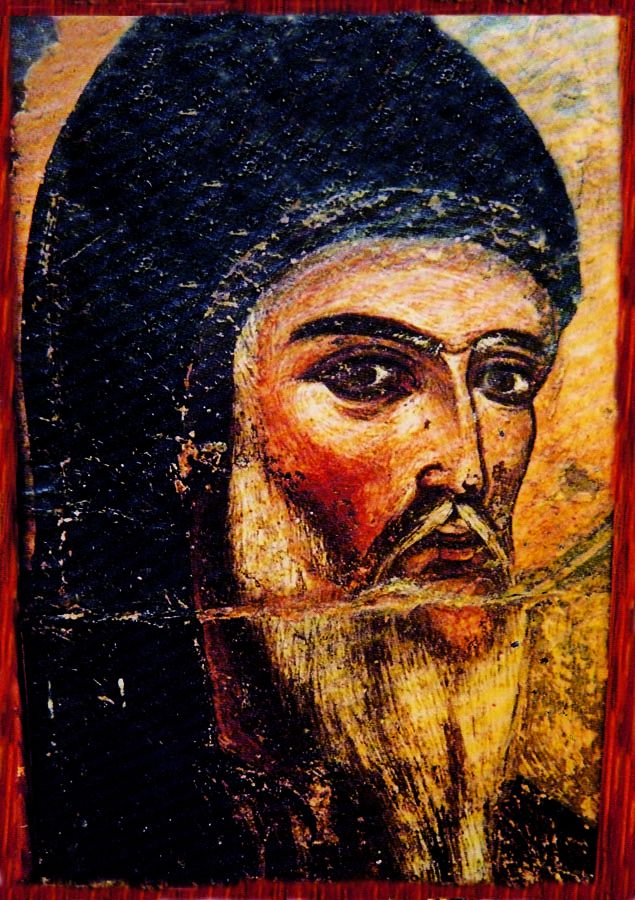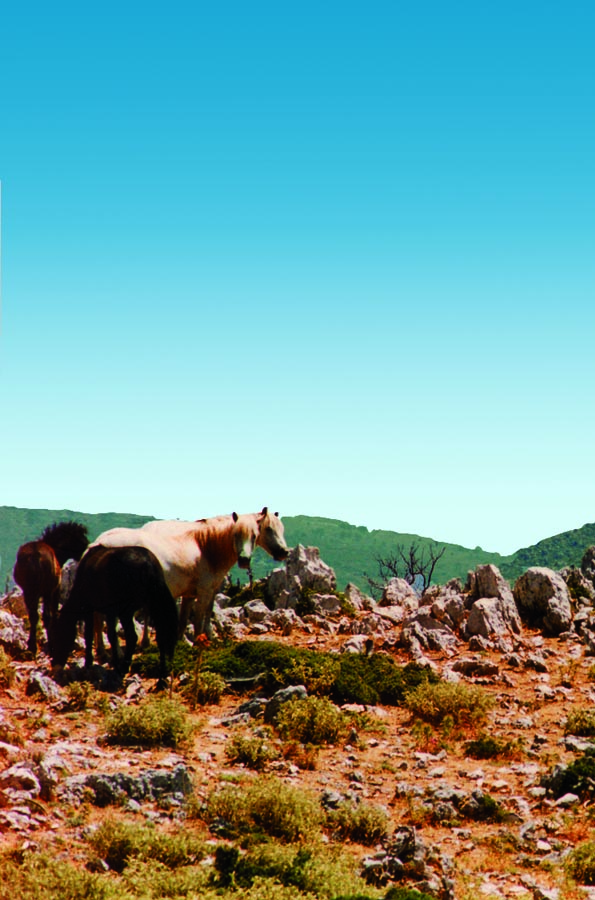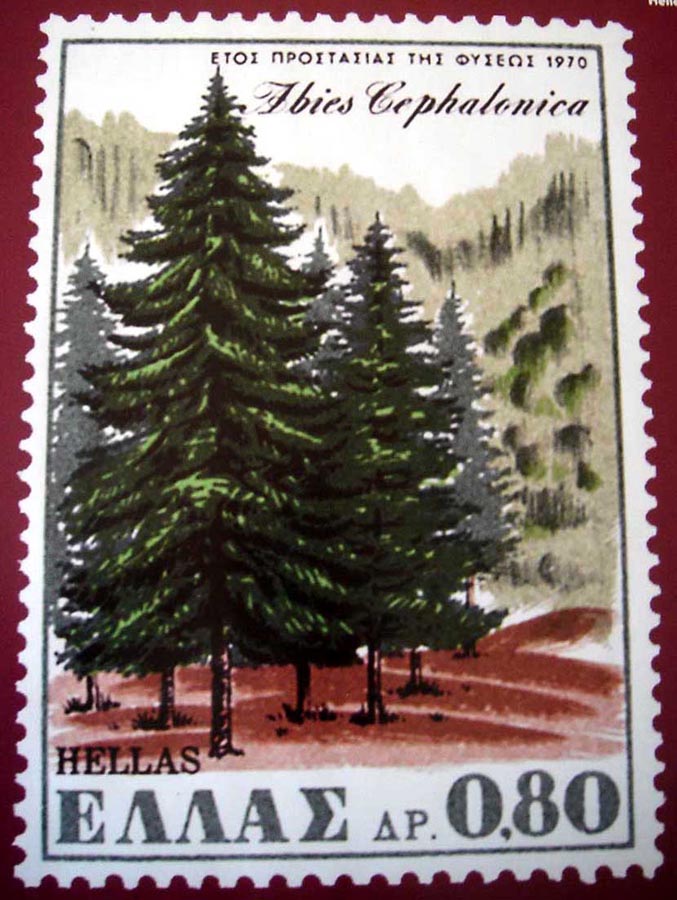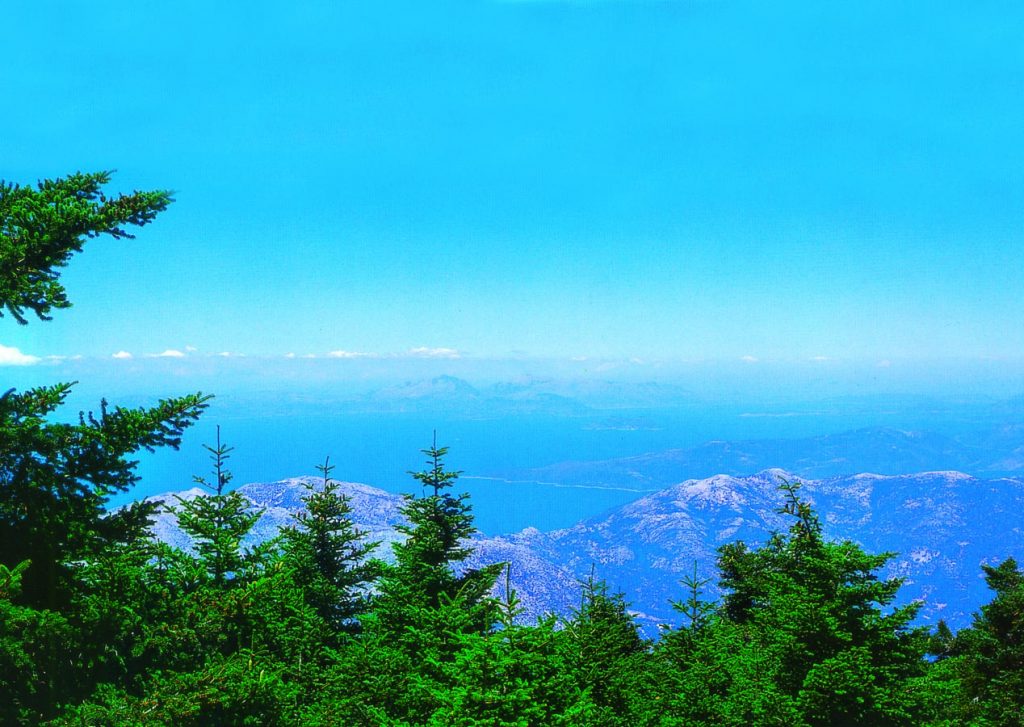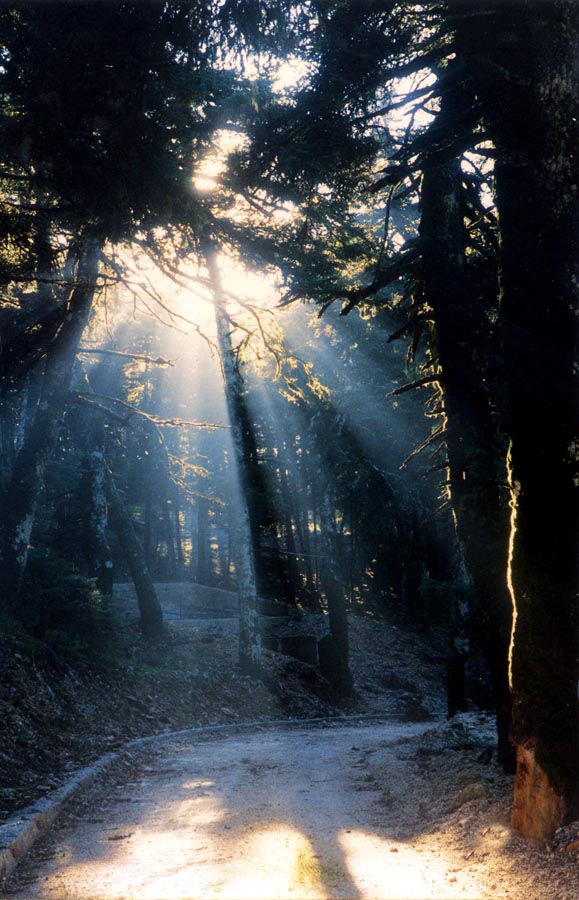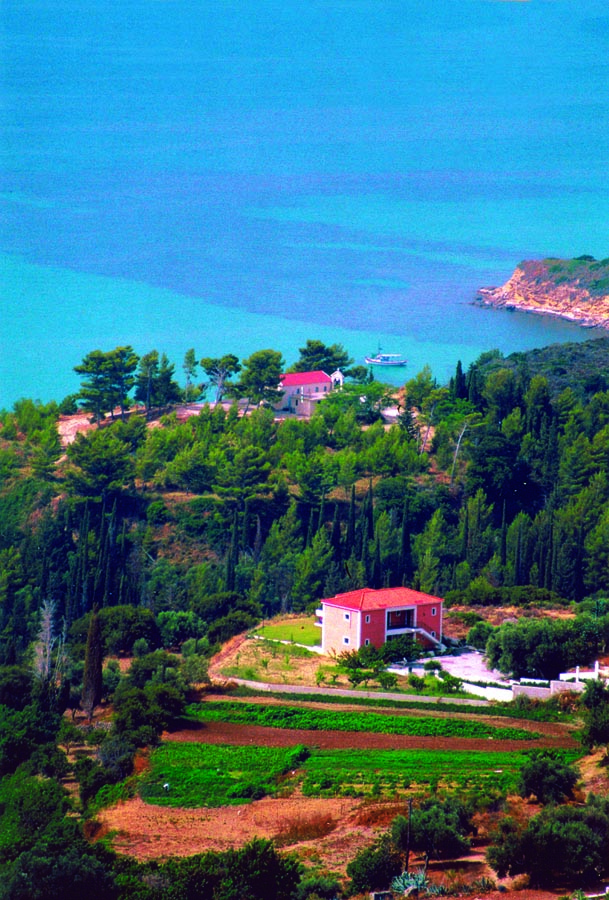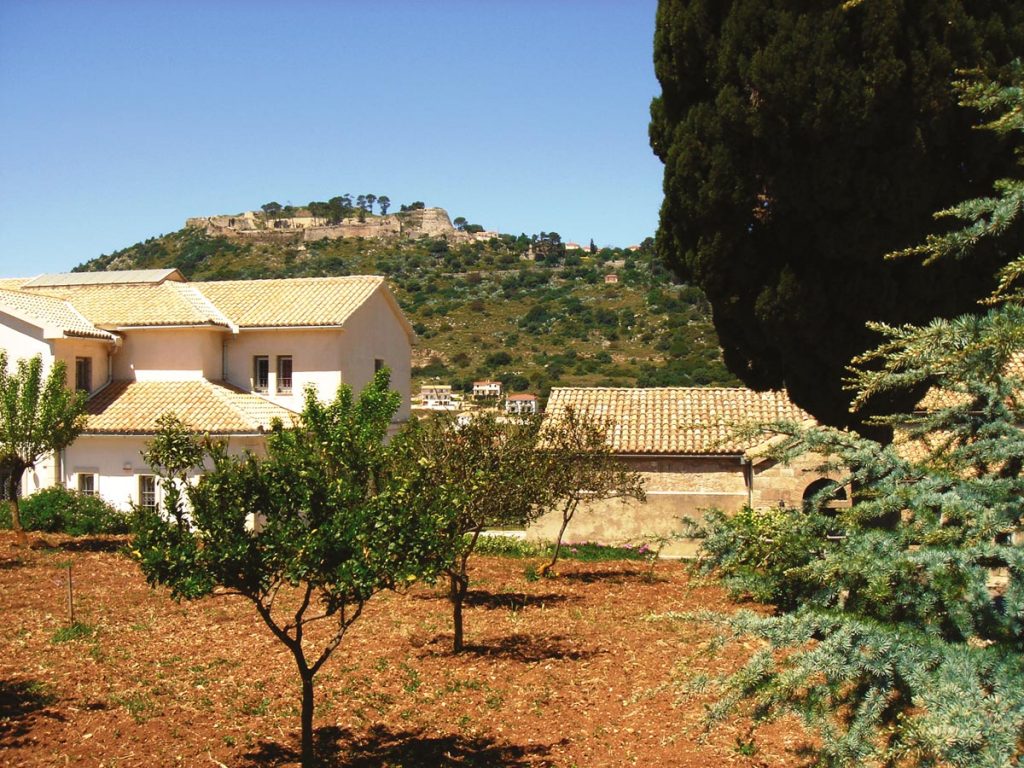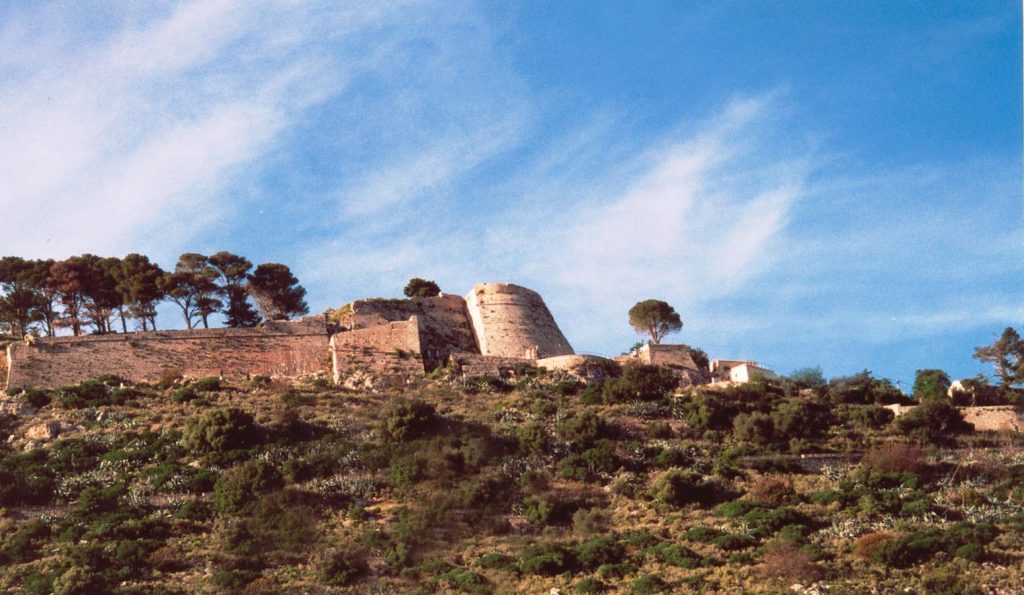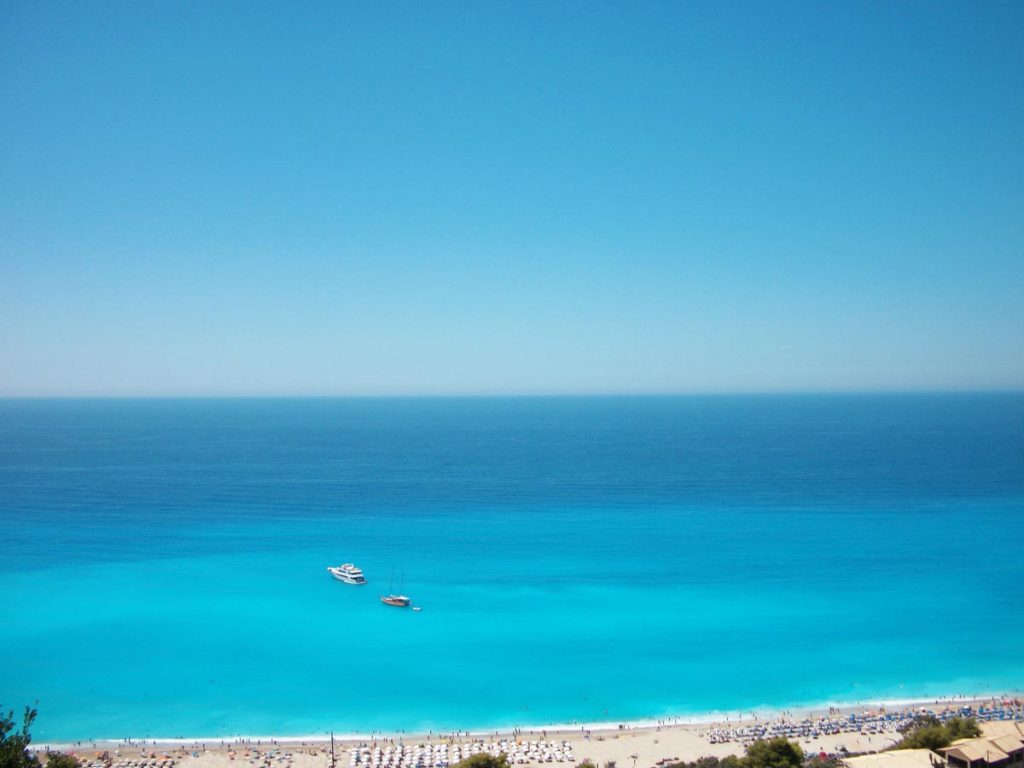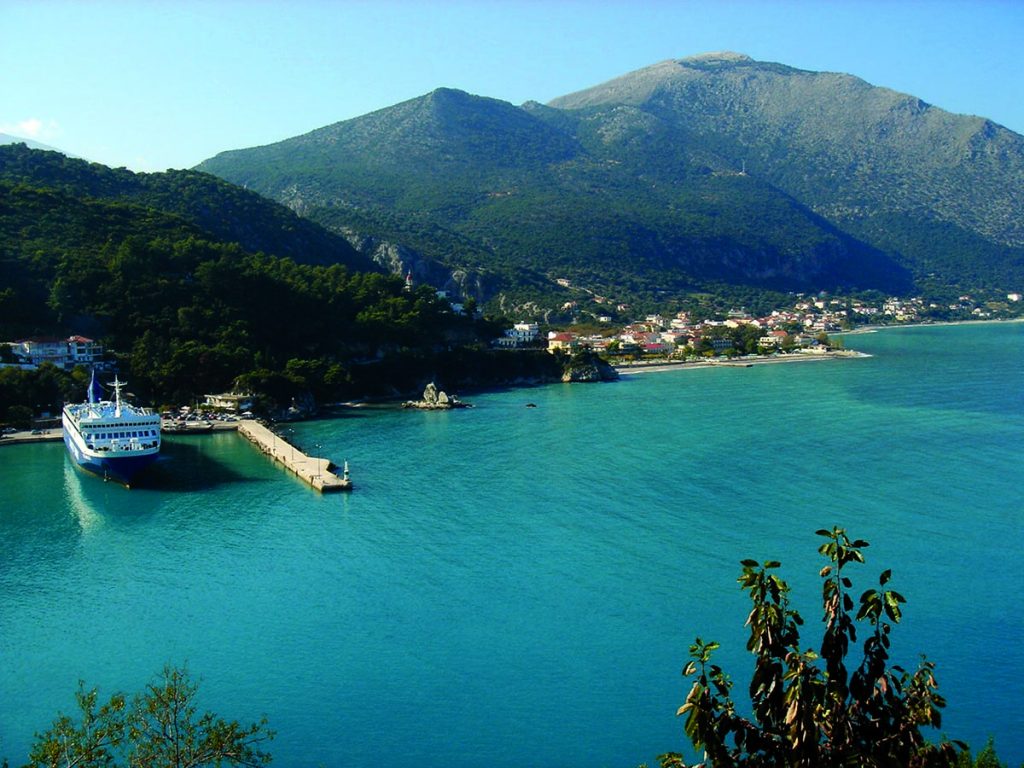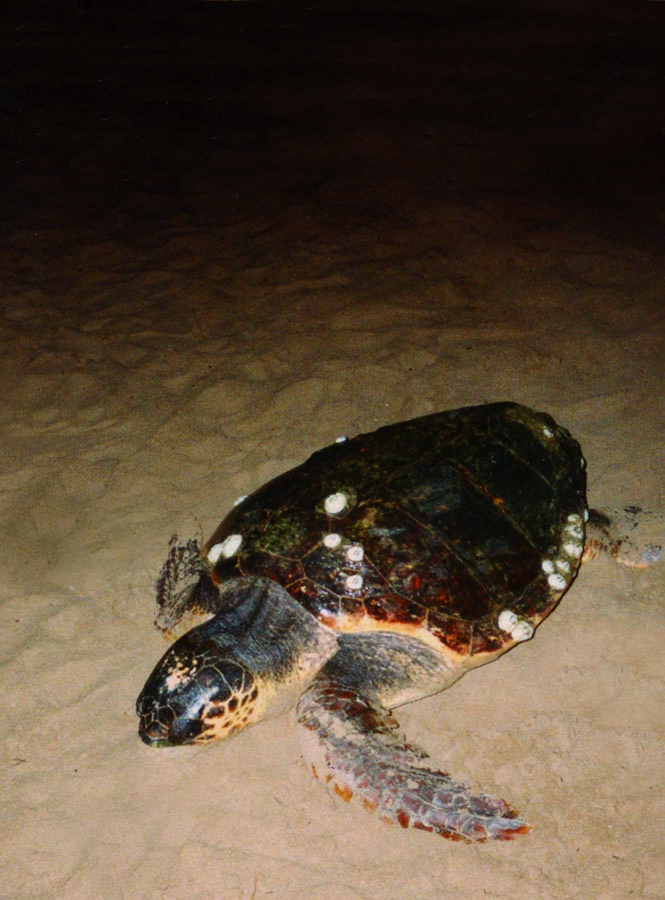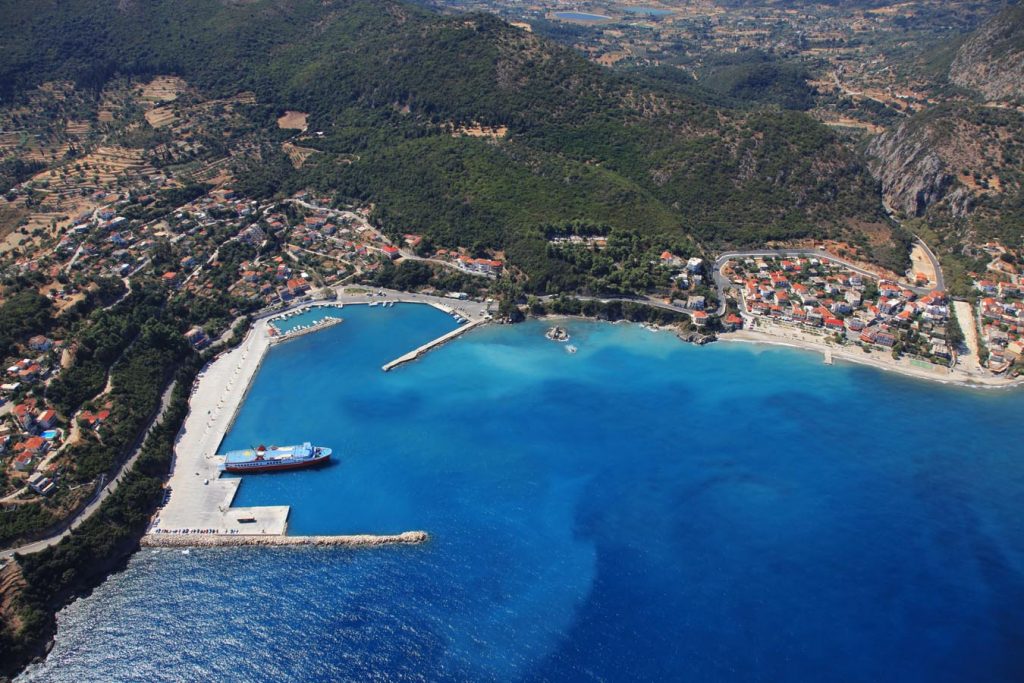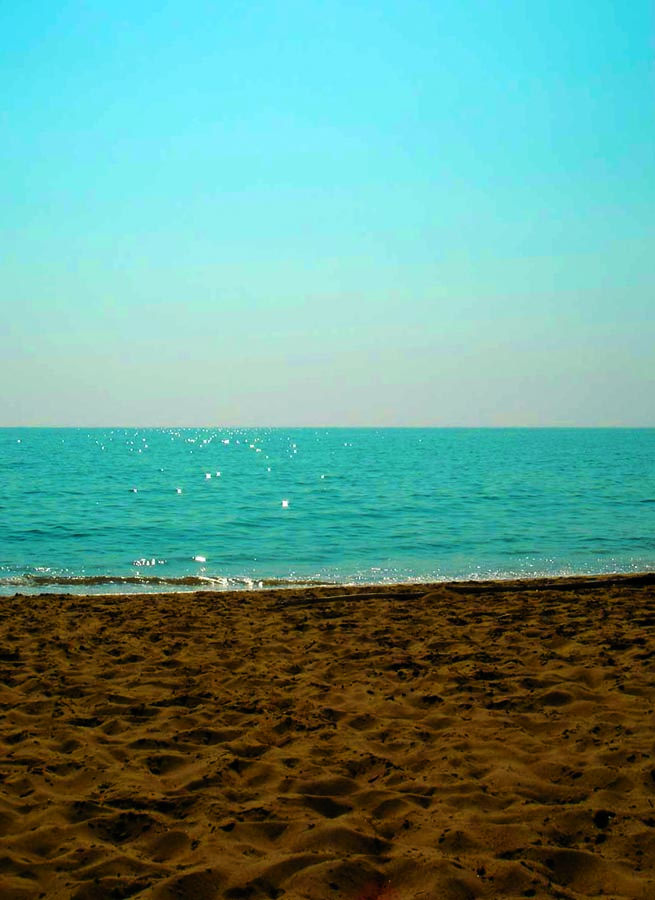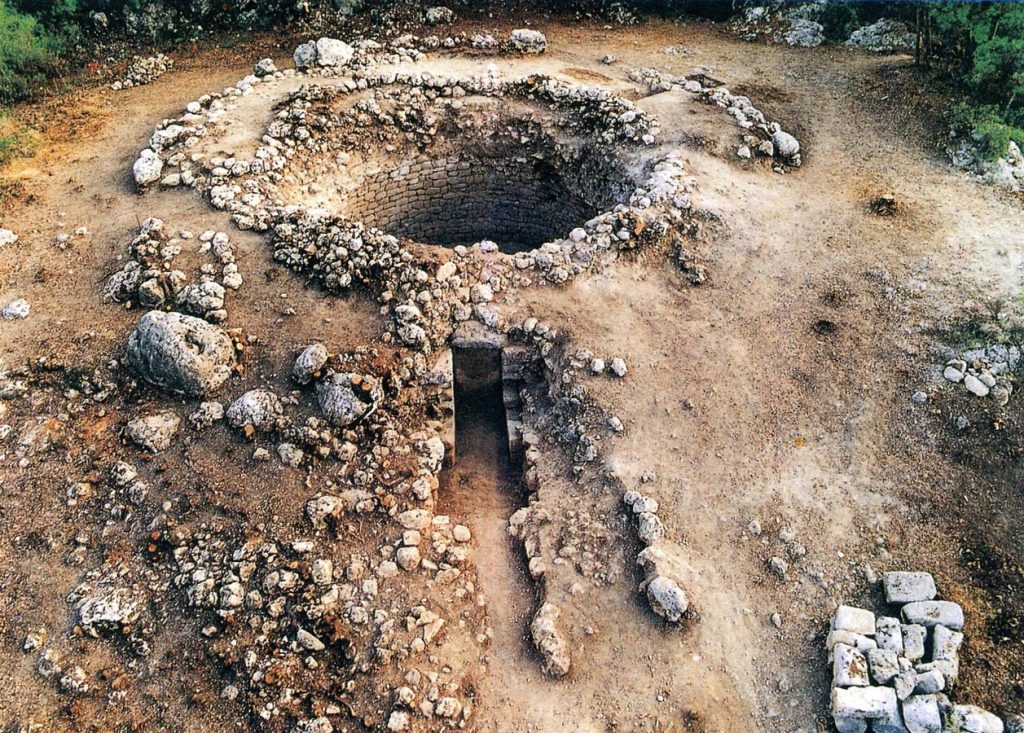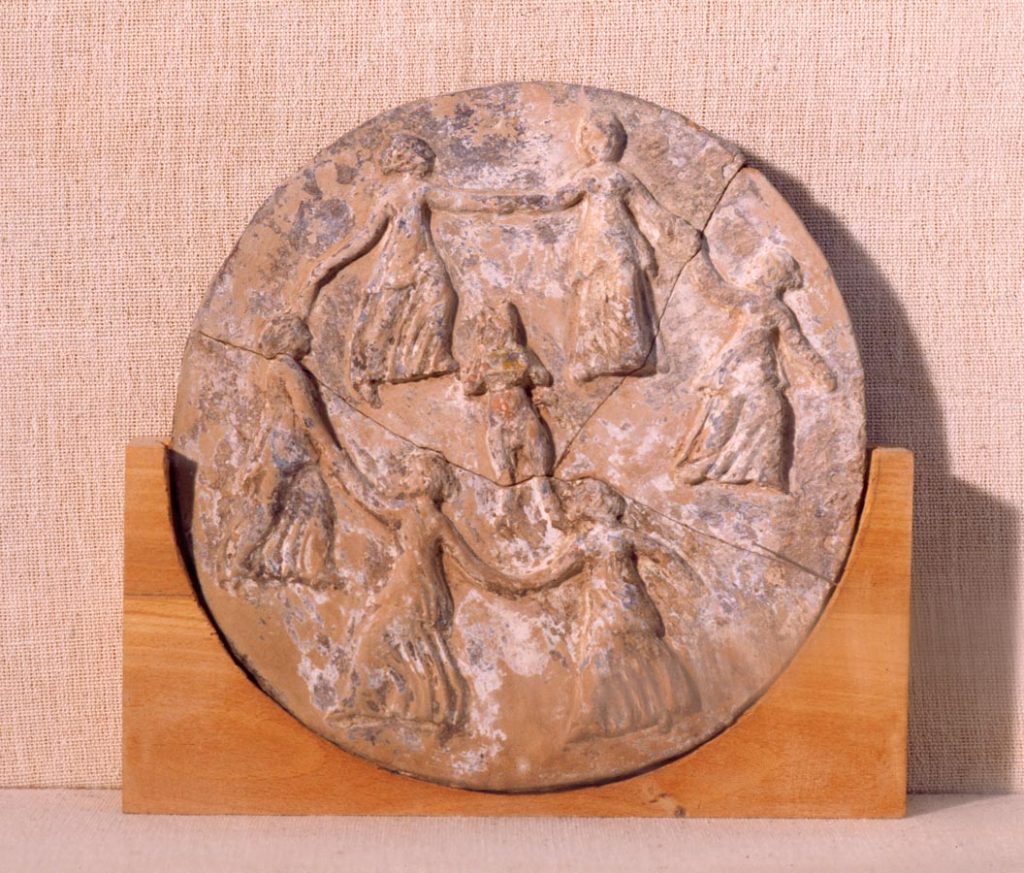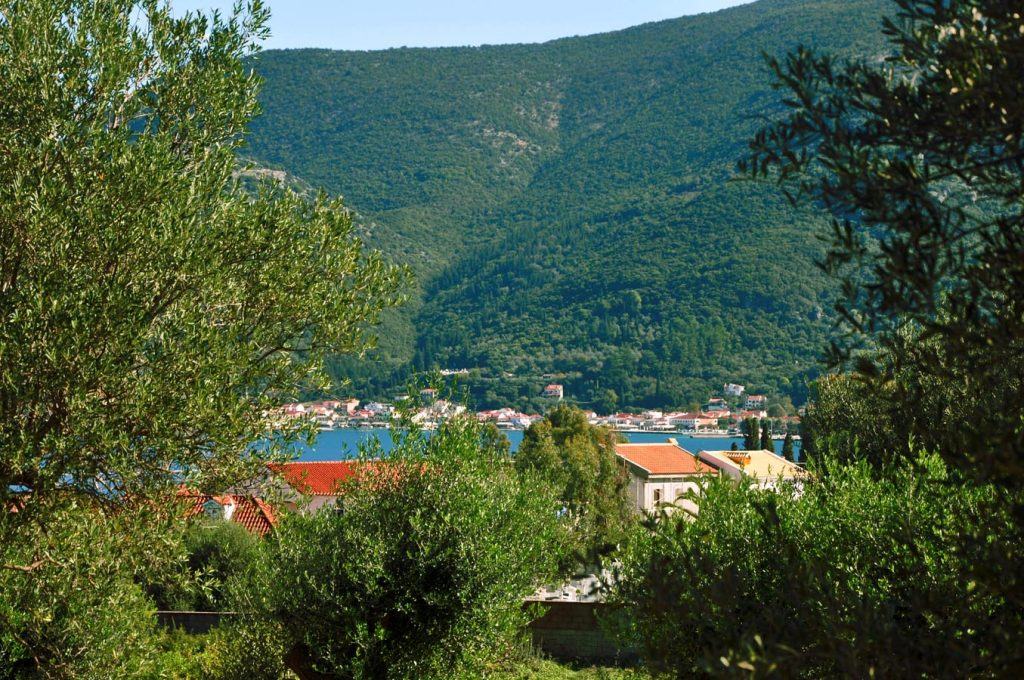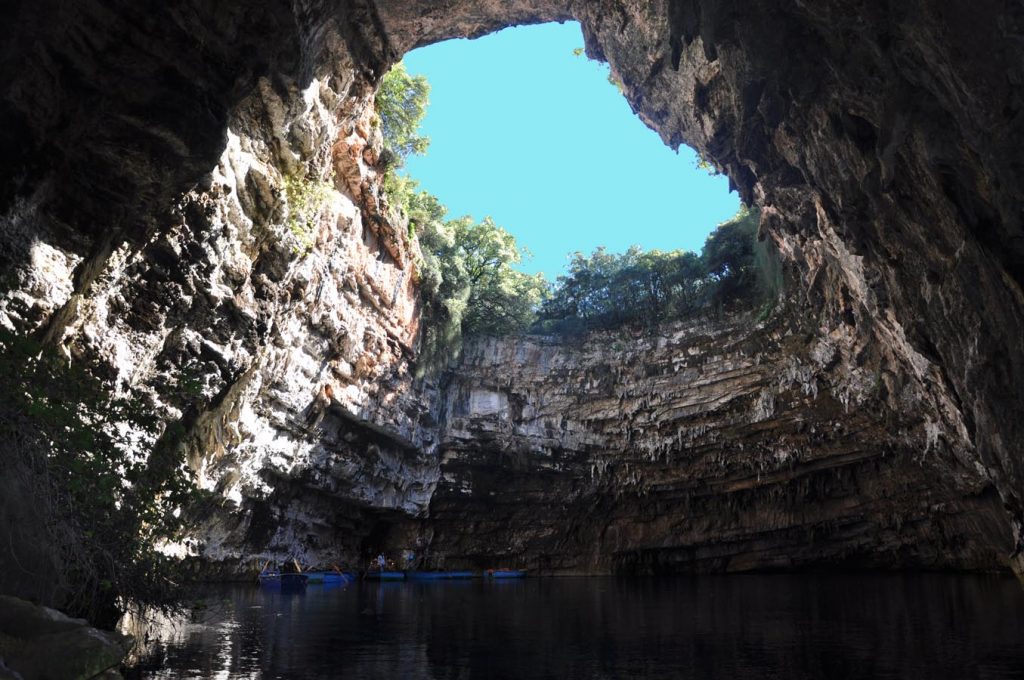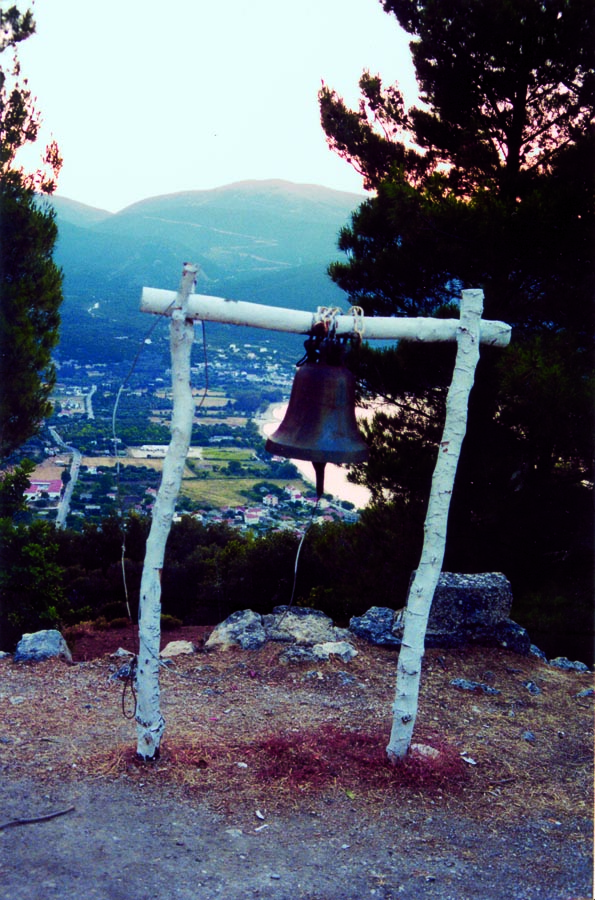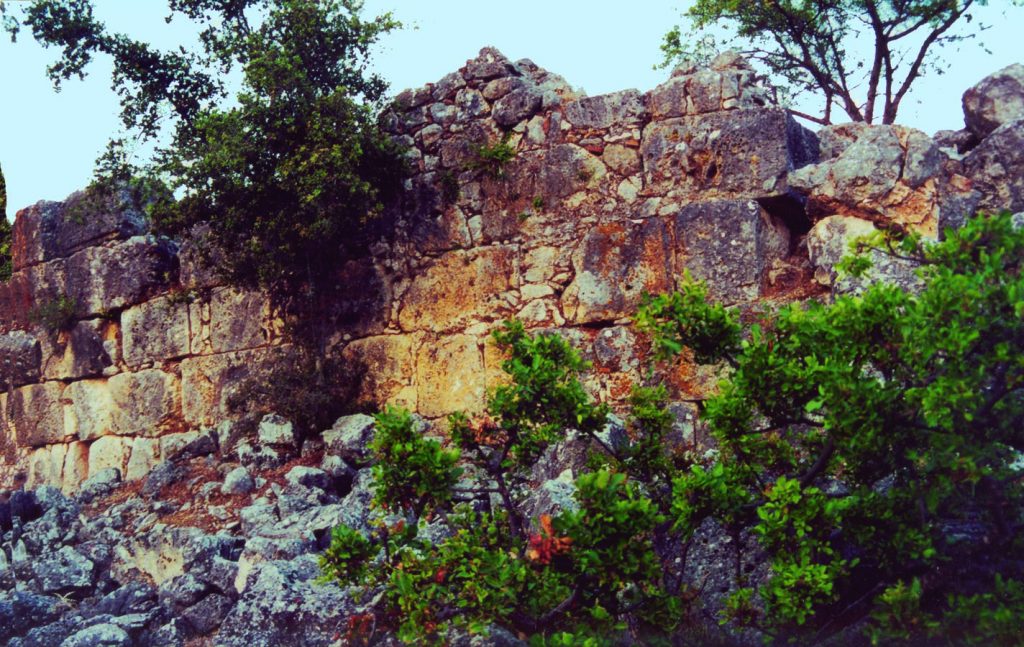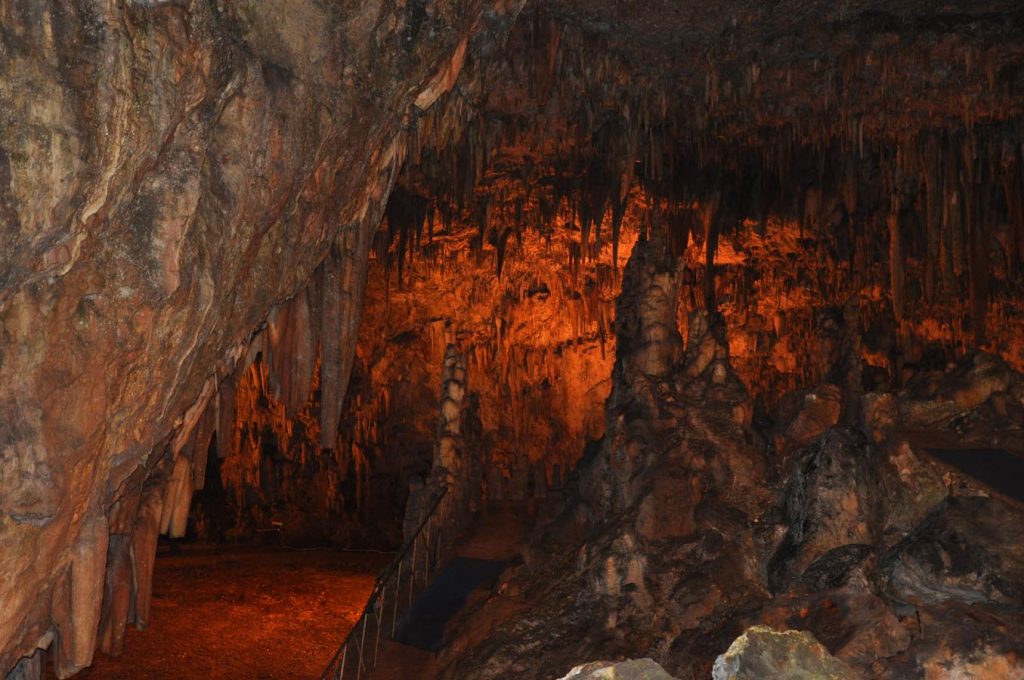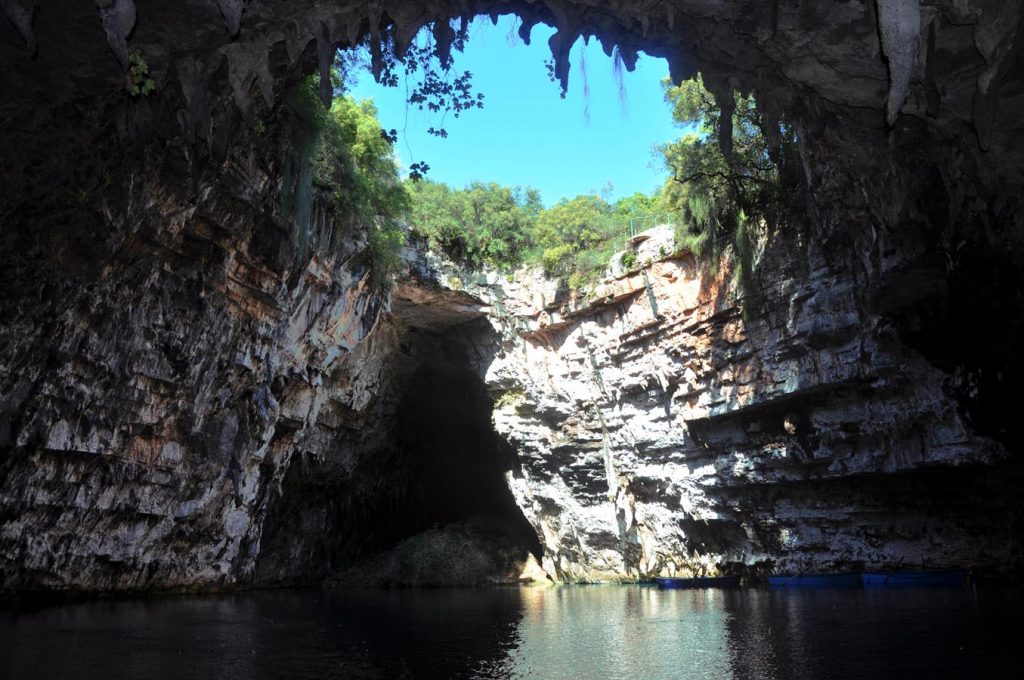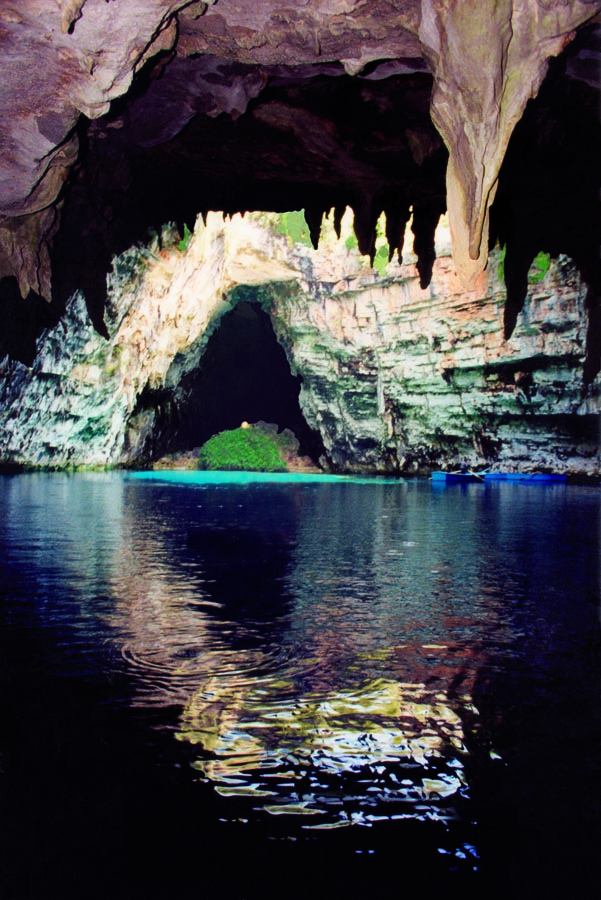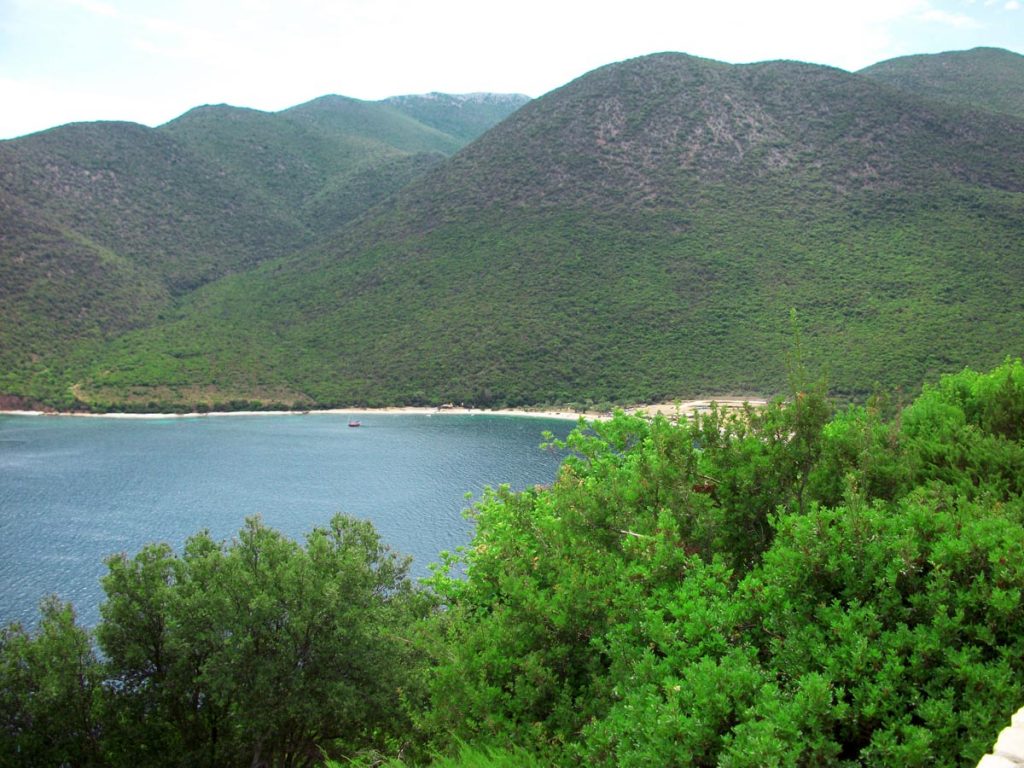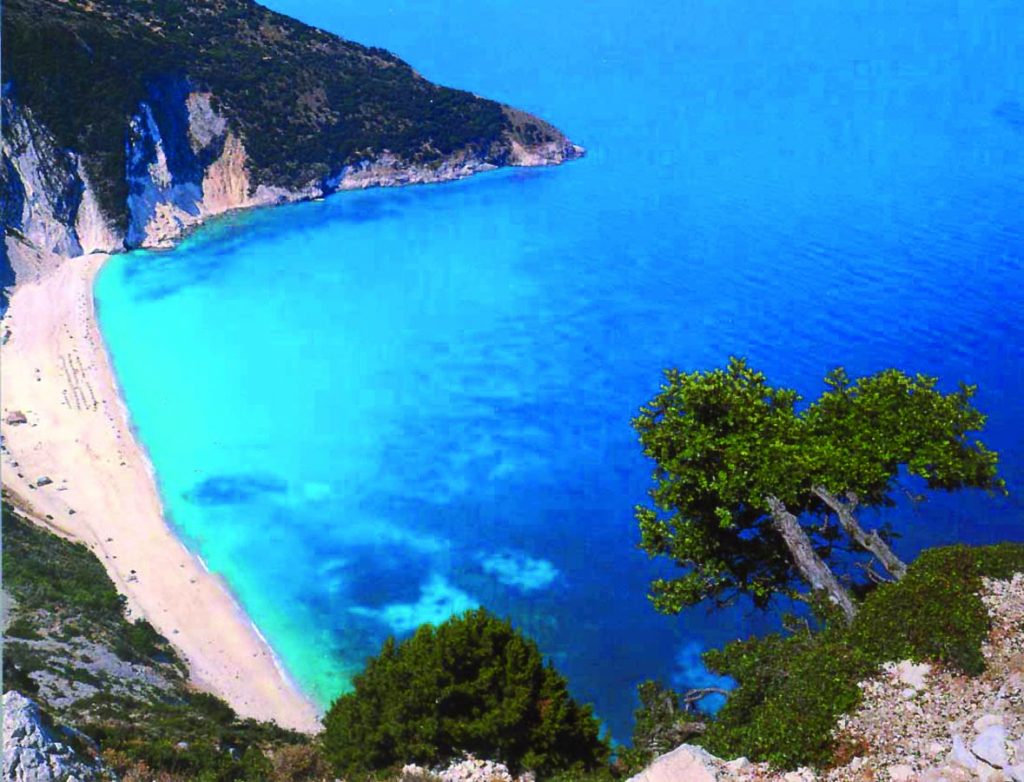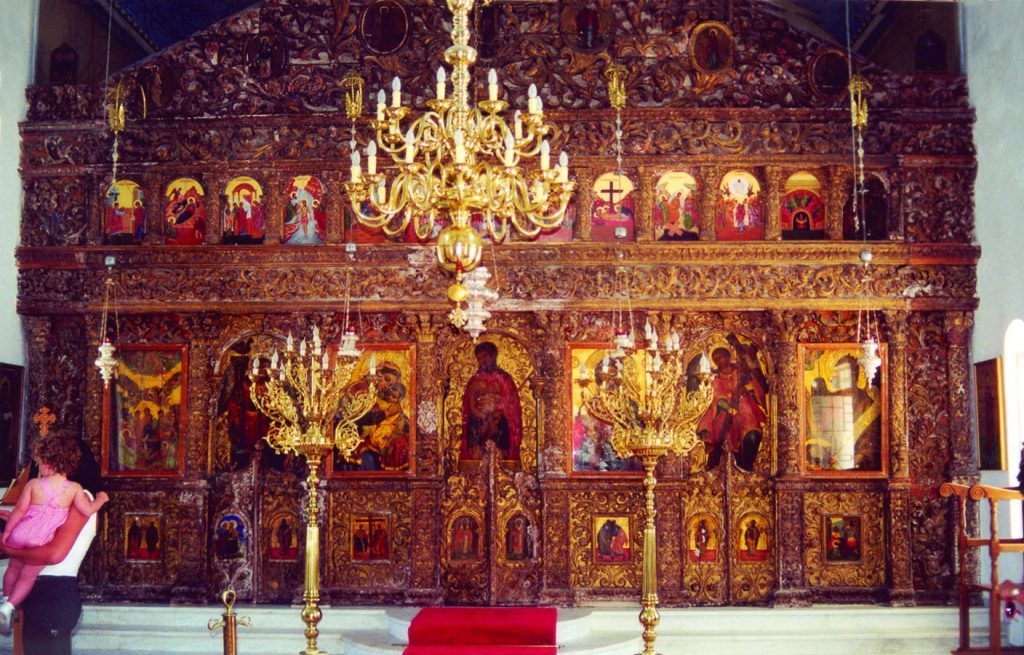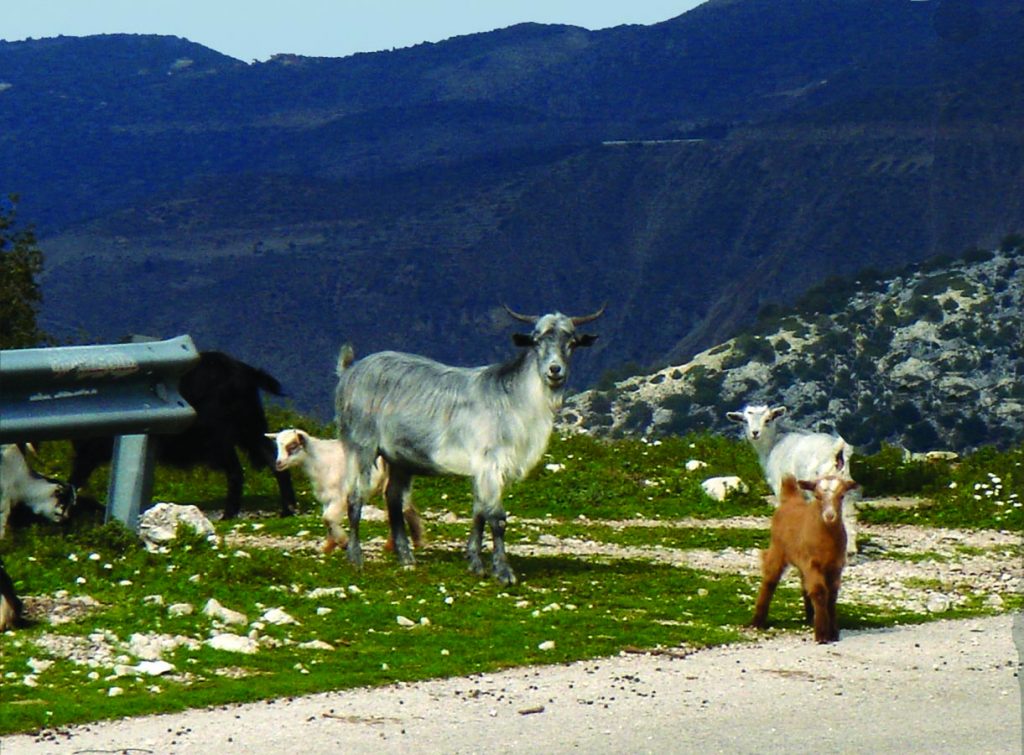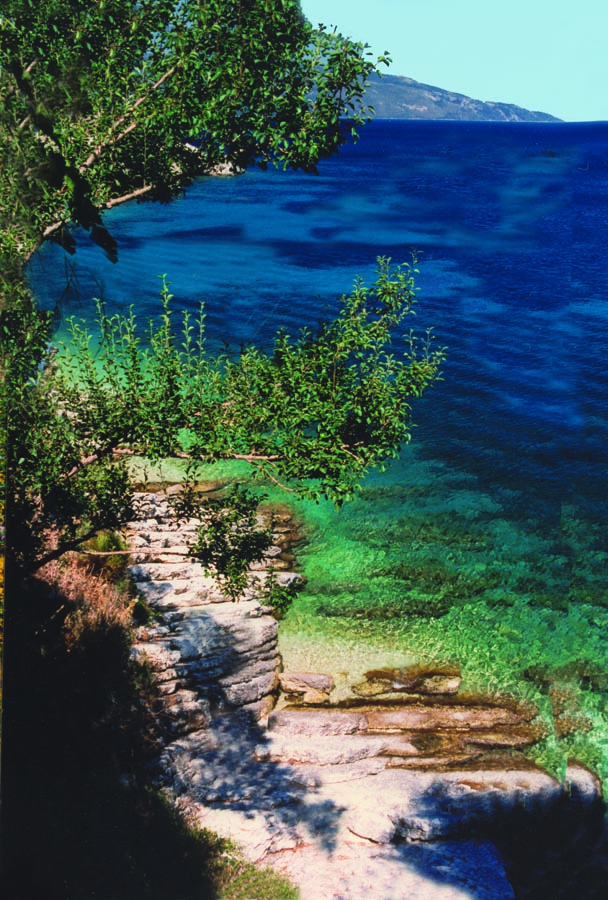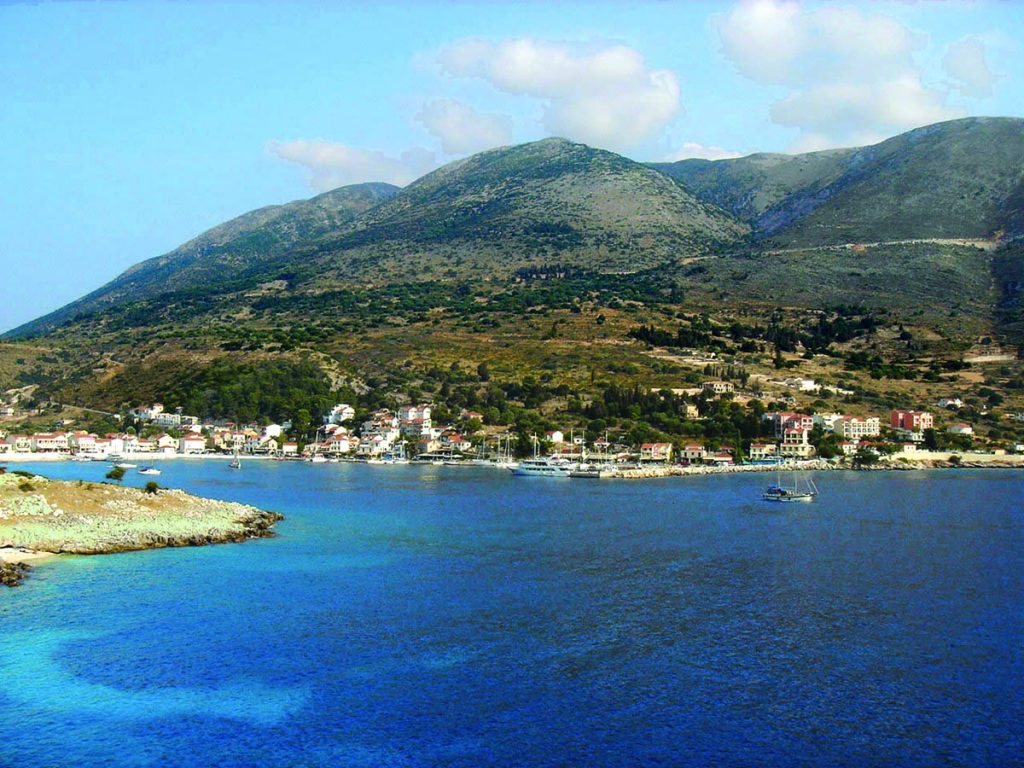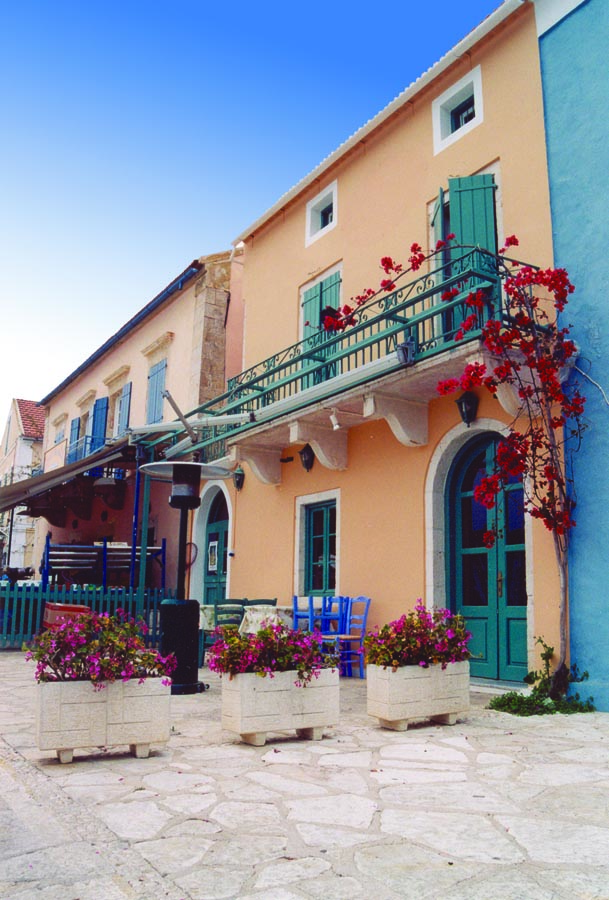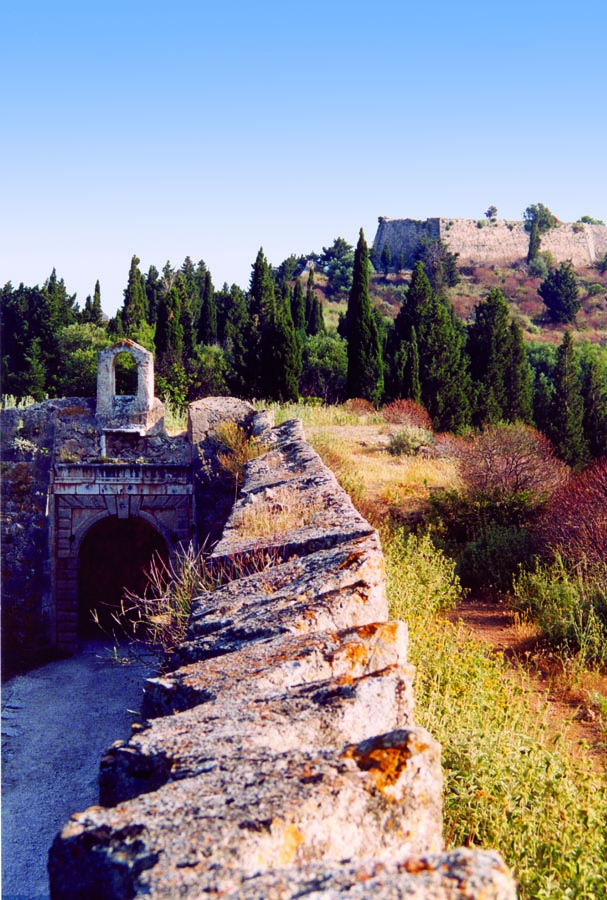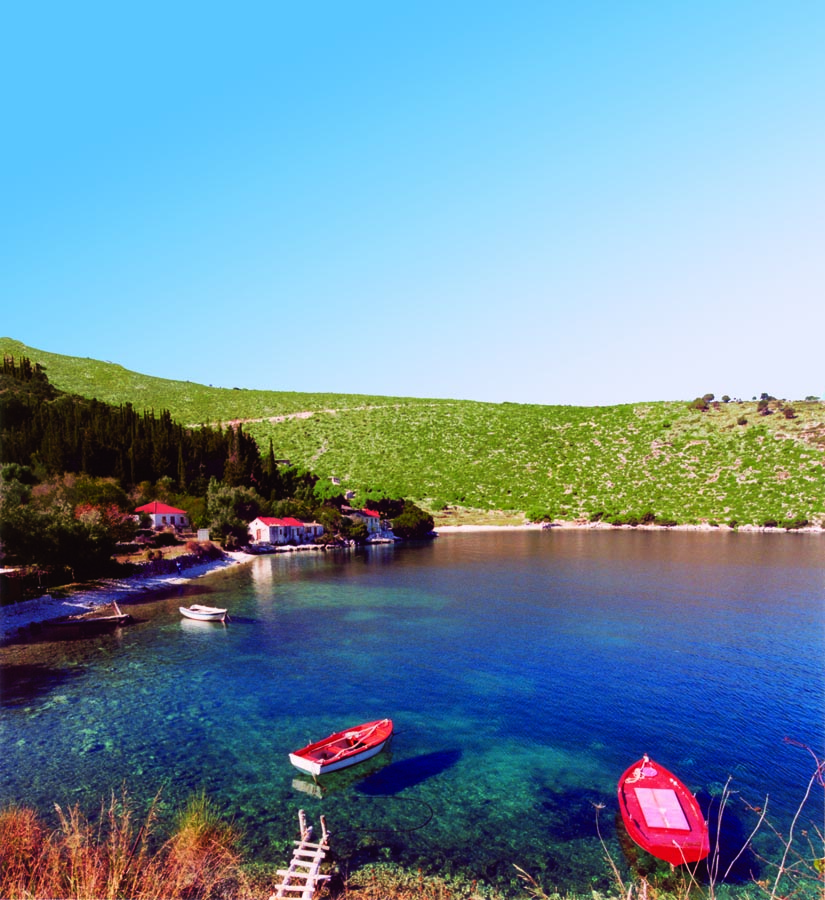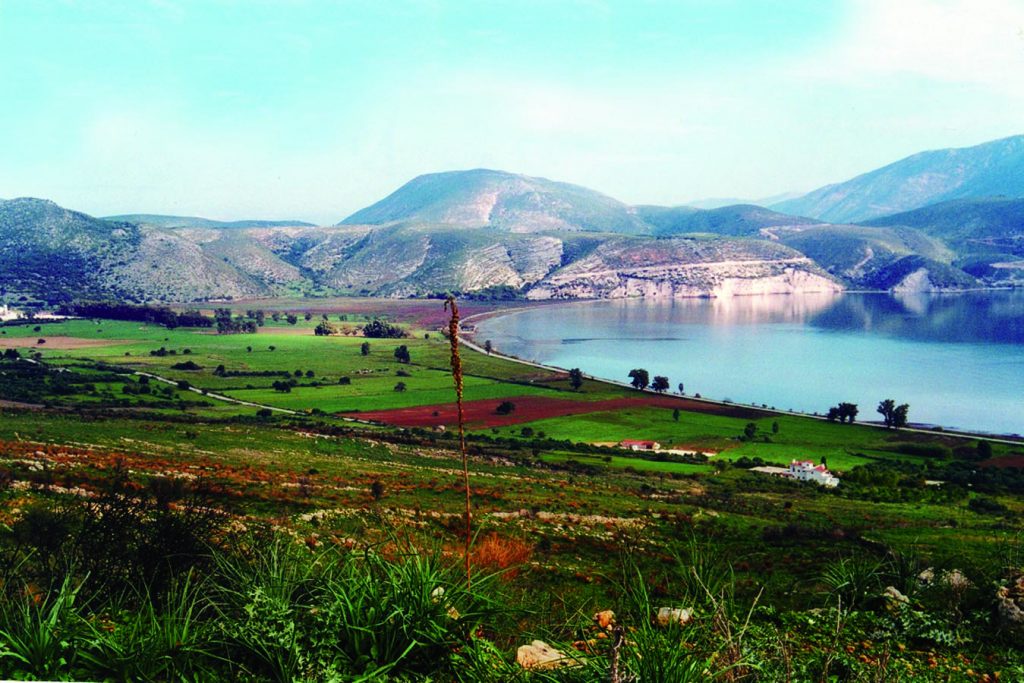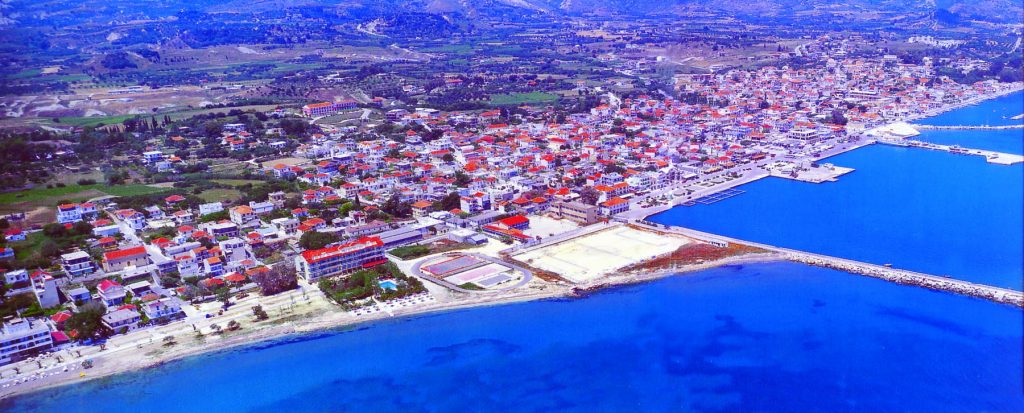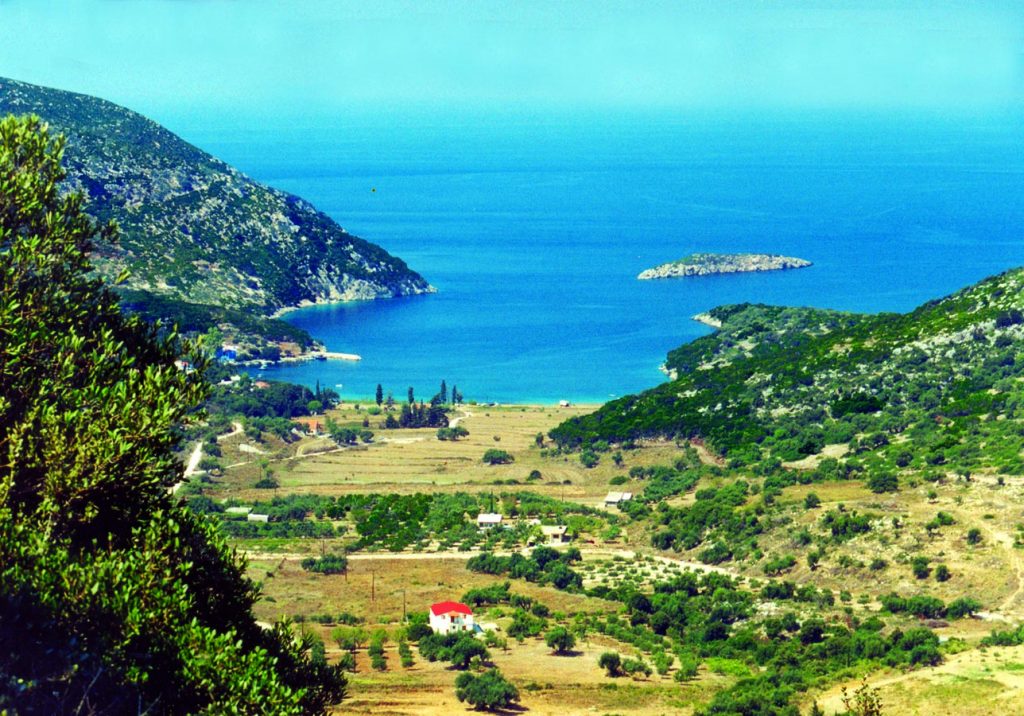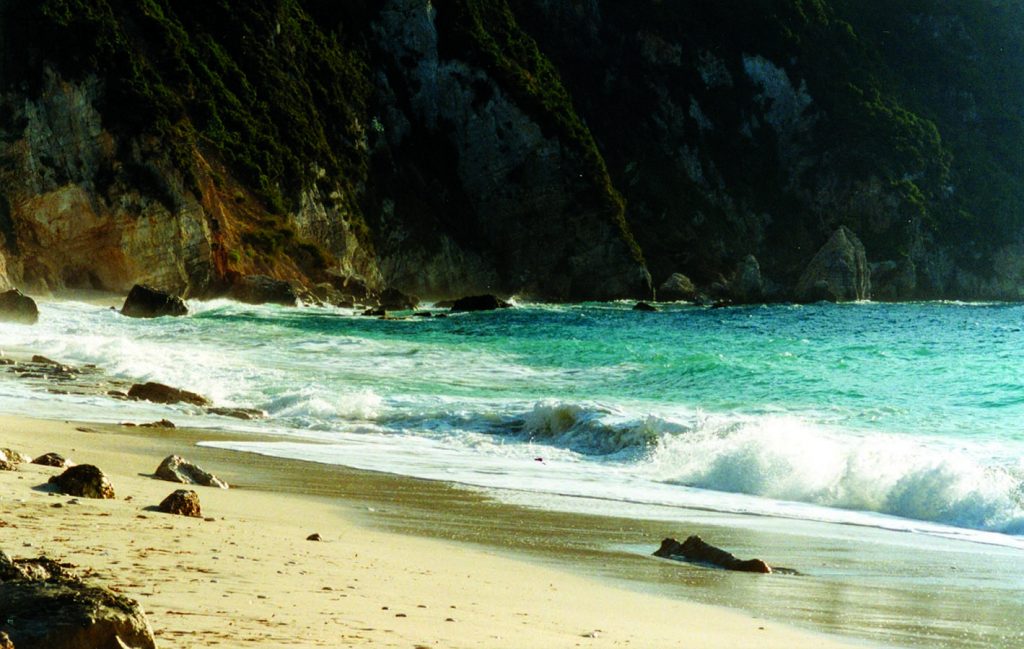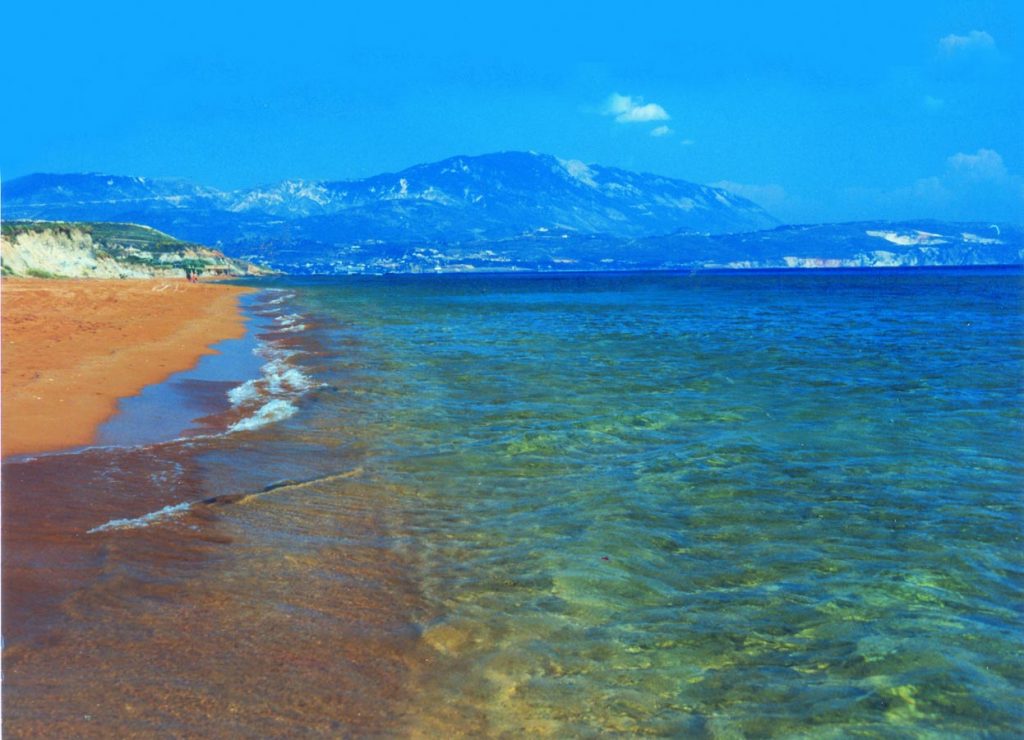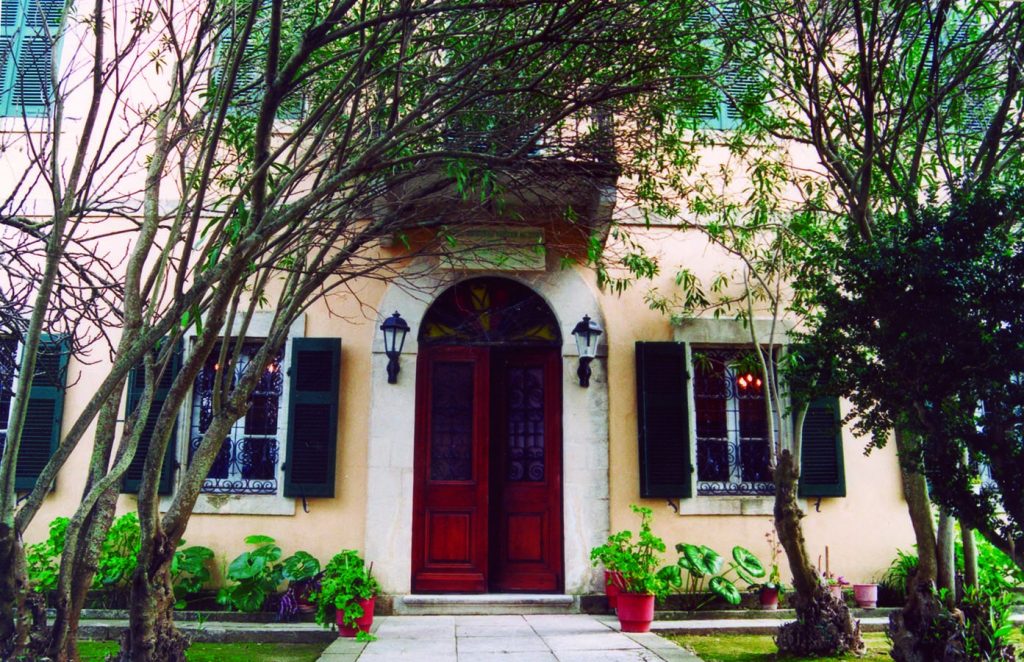ARGOSTOLI, LASSI AND THE REGION AROUND
Argostoli is the capital of the island since 1757. It assembles the majority of the activities and population (roughly 10.000 residents) and thus is considered the “heart” of the island. It is built safely and amphitheatrically on the inner part of the third natural harbour of the Mediterranean. Although the newly constructed marina could not yet provide services, many yachts can be moored in the harbour.
Argostoli, the sound and modern Kefallonian main town, charms and impresses the visitors. Its noble and cosmopolitan atmosphere with the plethora of the varied shops, the spruce and clean streets and the elegant buildings contributes a lot to the creation of a high quality resort. The road network and the sea transport help the visitors travel everywhere in Kefallonia, in the near islands and the mainland as well. Also, the coastal connection with Lixouri is quite frequent.
Walking in the town – Places of Interest
The earthquakes of 1953 turned Argostoli –as well as most of the island- into ruins. There have been left only two buildings in the town, samples of local architectural rhythms influenced by baroque: the MANSION of GENTILINI – KOSMETATOU in the STREET WITH the PALMS (Rizospaston road), almost diagonally to the historical PHILARMONIAC SCHOOL, and the MANSION of VRETTOS (near the Korgialeneios Library). The KORGIALENEIOS LIBRARY has more than 60.000 books, the most part of which is rare. Also in the same place the Vallianos Collection can be seen. In the ground floor of this impressive building is the HISTORICAL AND FOLKLORE MUSEUM. Its archival material portrays the historical past of the island from the 15th c. until the earthquakes. In its showcases one can admire objects from the urban and rural class, photographs, costumes, furniture, objects of adoration. In the street behind the Library there are the HISTORICAL ARCHIVES where there exist documents of local interest from the 16th c. Near the Library is the ARCHAEOLOGICAL MUSEUM. There are exposed palaeolithical tools, currencies, many and different finds of excavations from the ancient Mycenean tombs of Kefallinia, statuettes as well as the famous mosaic (6th c. B.C.) with the dolphins. Opposite from the Archaeological Museum is the MUNICIPAL THEATRE “KEFALOS” founded in 1848. It contributes to the cultural life of the island. Near the historical VALLIANOS SQUARE, the central square of the town where life doesn’t stop almost all the hours of the day and night, is founded the PHOCAS-KOSMETATOS INSTITUTION. The building housed the institution was built on the plans of the Phocas brothers’ previous one demolished by the earthquakes. There are currencies and lithographies of the Ionian Islands. Near the square is the Playground and opposite it is the NAPIER’S GARDEN, a low hill donated by the family of the Military Resident of Kefallonia during the British Occupation Sir Charles James Napier. The place has been formed into a municipal park. The history of this garden is presented in scattered boards in it, and the bust of General Napier stands little afterwards the entry.
The evening is worth walking on the pebble paved street along the port as well as on the most commercial street of the town, LITHOSTROTO. At the beginning of this street stands the Orthodoxe CHURCH of SAINT SPYRIDON with its golden wooden curved iconostasis. In the middle of this pedestrian precinct is the Catholic Church and little afterwards one can meet the historical SQUARE OF THE BELL, the first square of Argostoli with its famous clock. Don’t forget to visit the BELL TOWER and see the photographs exposed there leading you to the former times.
Nightlife
The capital at night is different. Exciting, lively and fascinating –as in the morning light- and full of night energy. When the lights are switched on, Argostoli offers fun, entertainment, plenty of food and drink to anyone. In Lassi, but especially in Argostoli there are many clubs and bars keeping the night… young until the morning very first light.
Near and Away from Argostoli
THE ROUND OF LASSI: It is worth walking there. You will meet the SEA-MILLS and the KATAVOTHRES, unique carstic phenomenon where the sea water enters a very narrow channel and after running somewhat rapidly for a short distance it gradually becomes sucked into the earth and disappears. After a 14-days-way the sea water flows to the other part of Kefallinia, in the region of Sami where, an undershot iron mill makes visible the phenomenon. Little afterwards the Katavothres stands the LIGHTHOUSE of SAINT THEODORI with its marvelous sunsets. The first lighthouse was built in 1829 and was rebuilt after the 1953 earthquakes.
MONUMENT OF THE ITALIAN DIVISION ACQUI. After 400 m. and in your right hand there is a huge ditch in order to remind the slaughter of the Italian Division Acqui during the Italian-German conflict in Kefallonia in 1943 (the slaughter took place in many places of the island). On the top of the nearby hill stands the central Monument in remembrance of this inhuman and tragic historical fact.
The road at its end is meeting with the main street in Lassi, the first resort of the island and the most busiest. This territory has recently been connected with the shipwreck of Apostle Pavlos while his travelling to Rome.
SAINT GERASIMOS CAVE: This is on the hill between Spilia and Lassi. The holly cave was the first place where the Patron Saint of the island, used to live when he came here in the mid.16th c.
KOUTAVOS LAGOON AND ECOSYSTEM: If you like walking, try the round in the suburban ecological park of Koutavos. In this ecosystem there are some of the indigenous kind of Kefallonian flora and the endemic birds lived there are protected by the Greek laws. The way goes round the lagoon and ends with the historical DE BOSSET BRIDGE. The bridge with its elegant stone arches has been declared historical preservable monument, because is considered a miracle of 1813 construction. It was built on plans made by the Swiss Military Governor of Kefallinia and mechanic Charles-Philippe de Bosset in order to give solution to the chronic and tantalizing problem of the access to Argostoli and to the avoidance of the dangers of the marshy Koutavos. Today, the Bridge in connection with the adjacent lagoon constitutes a united aesthetic and functional entity, valuable jewel and treasure of Argostoli and Kefallonia.
RAZATA: There are many ancient tombs scattered in the territory, but mainly you can see the ancient ruins of the one of the fortified city-states of Kefallonia, of ANCIENT KRANI, the Citadel of which is founded on the hill in the head of Koutavos lagoon.
FARAKLATA: In the village you can see the historical house of the famous Kefallonian-Romanian poet Panait Istrati. Apart from the very old belfry there are many untouched by the earthquake of 1953 houses.
DEILINATA: See the old olive press and the church of Virgin Mary of Lamia with the 18th c. iconostasis.
THINEA REGION. AGIA KYRIAKI – VOUTI: As we are going to the north of Kefallonia, in Thinea region and not far from Agonas -a village where many scientists were born- we can admire the little port and the beach of Agia Kyriaki. In small fish-tavernas built near the sea, you can taste fresh fish.
Left is the picturesque beach of Vouti. There you can hire a boat in order to sail to the nearest beaches which have no access from the main road such as Fteri, Kamari, Amidi.
Beaches
Makrys and Platys Gialos
In the first place of the Kefallonian tourist paradise and at a close distance to the town center is Makrys and Platys Gialos (Long and Short beach). Swimming in the clear crystal blue waters of these sandy and marvellous beaches is certainly a unique experience. The sea sports and the safety measures provided there as well as the excellent organization are instrumental in making them two of the most popular and Blue Flag beaches in the Ionian Sea.
Minies and other nearby beaches
A series of sandy and rocky beaches expanding along the western and southern sides the airport. They are not organized and the access there presupposes a car.
Nearby Argostoli are the Kalamia, the Gradakia, the Palistafida Beach (or Mediterranee), the beach near The Lighthouse (Fanari).








